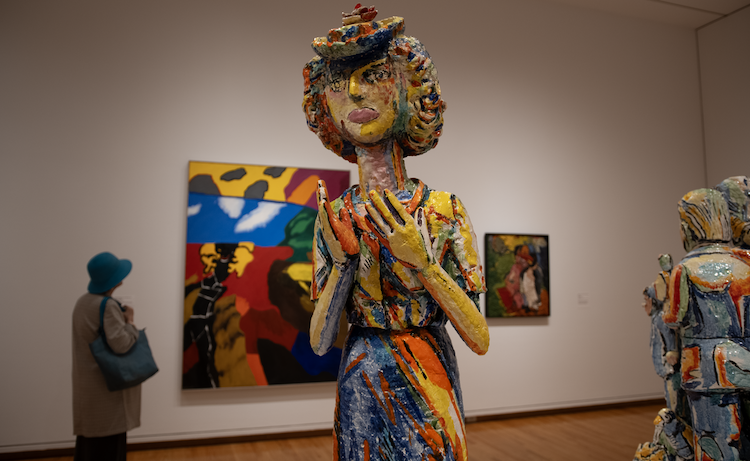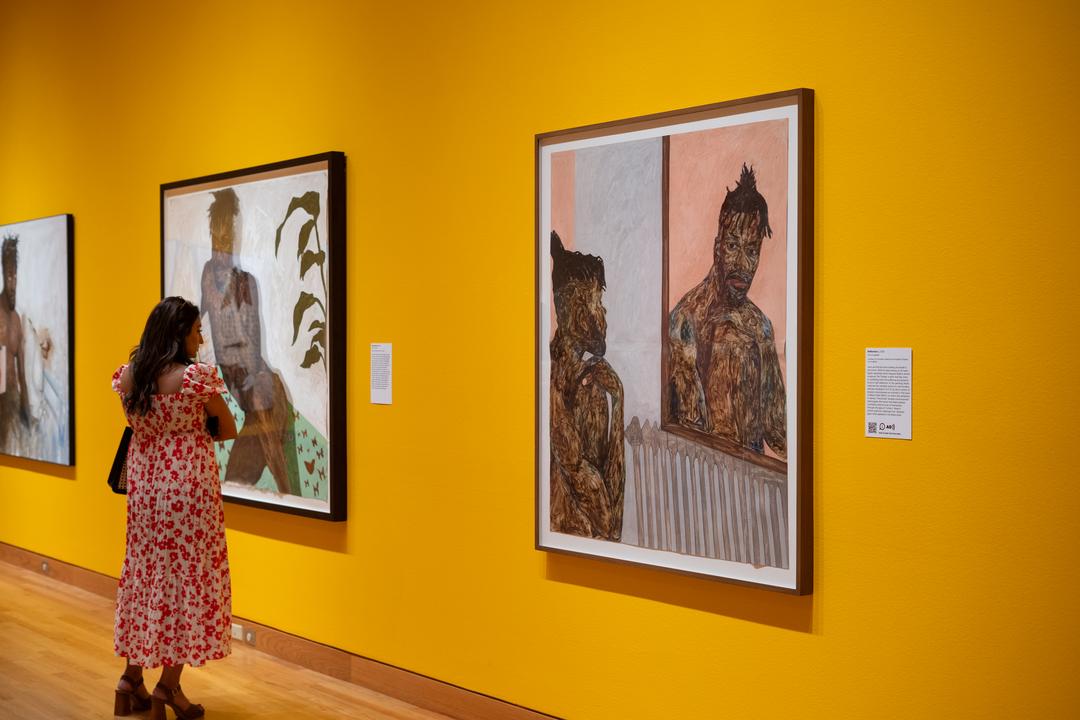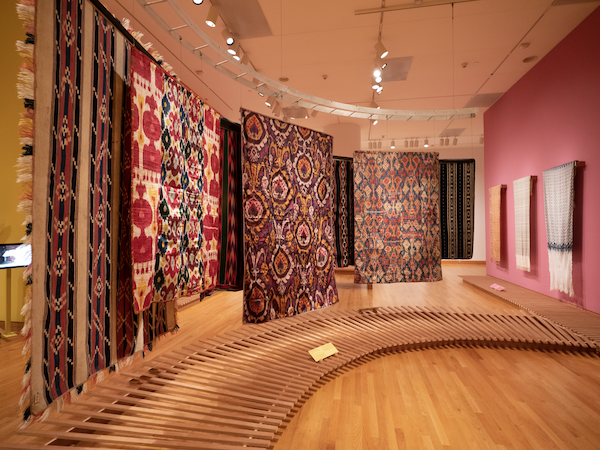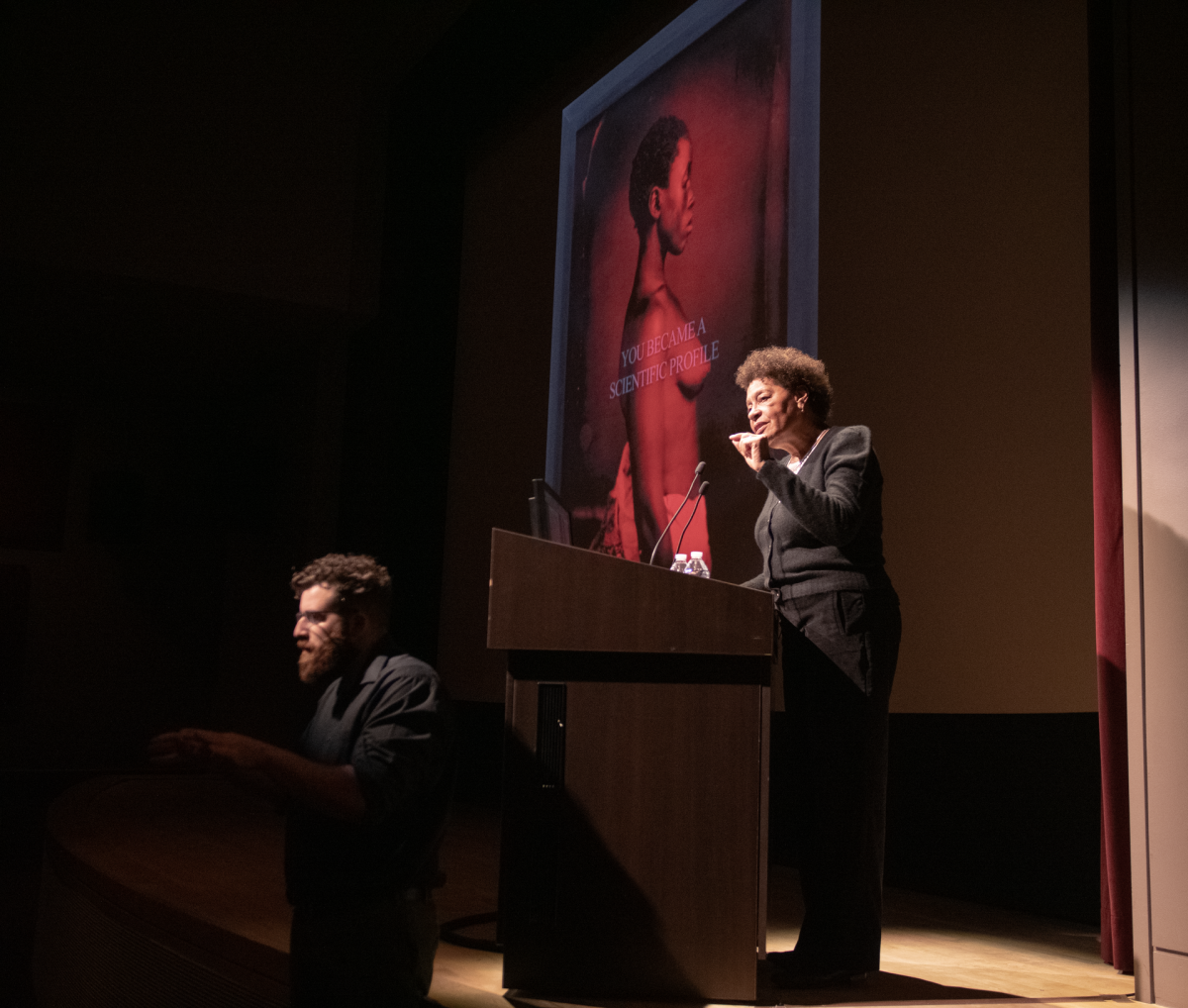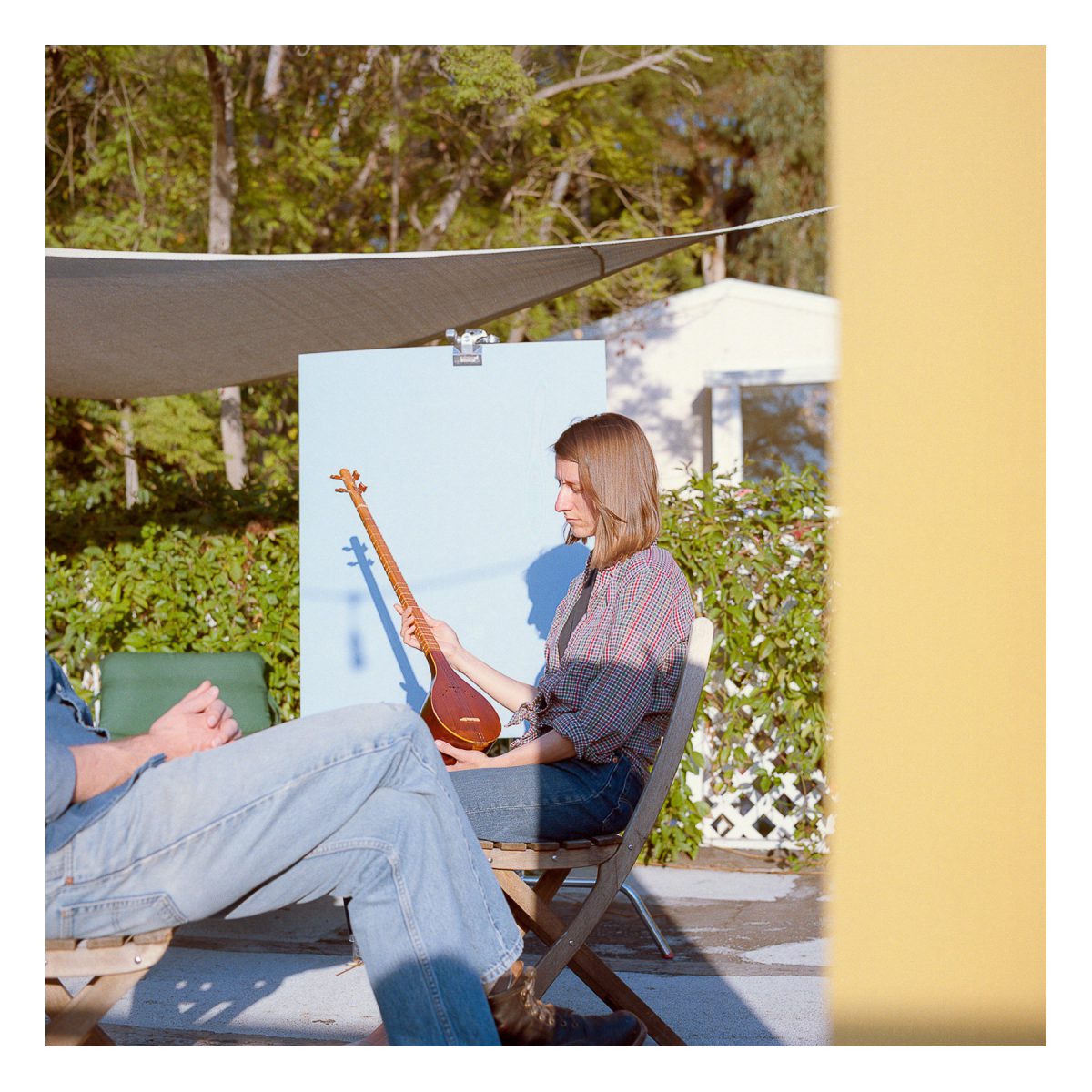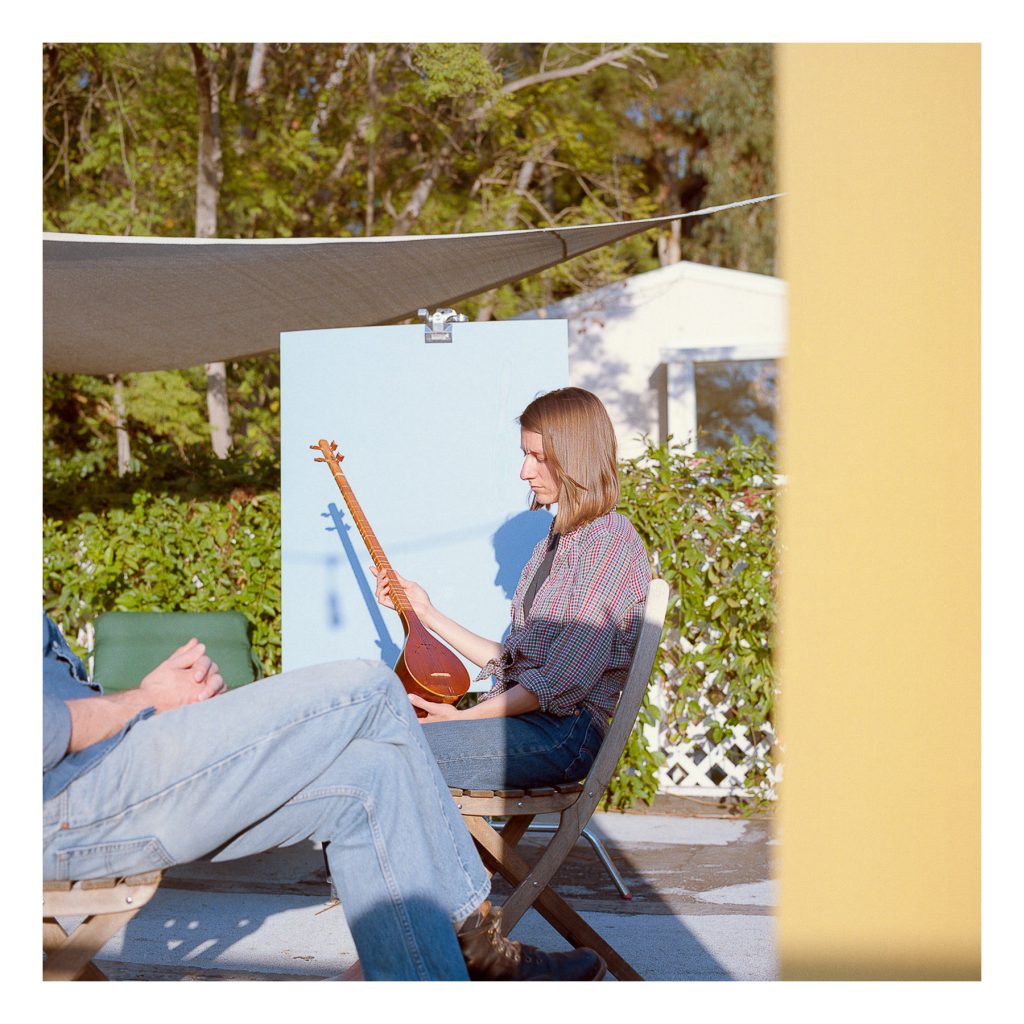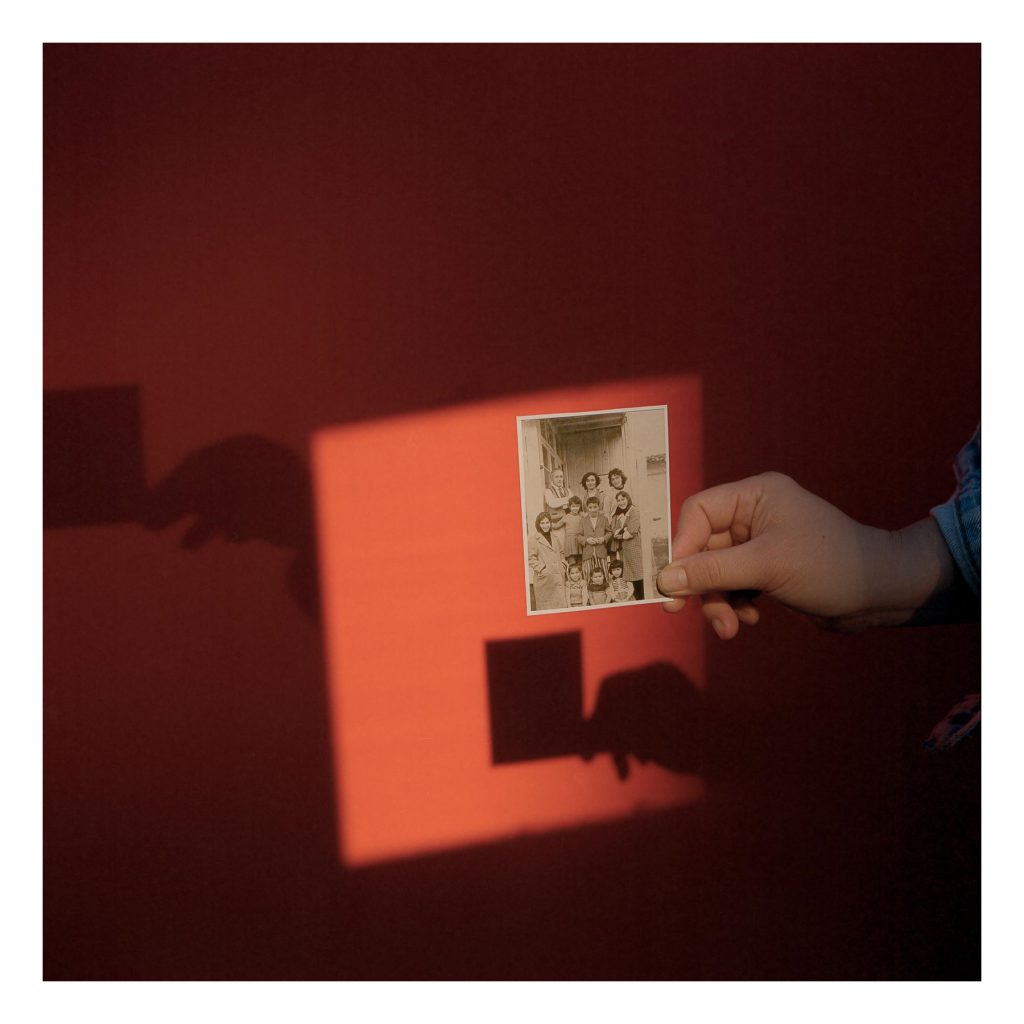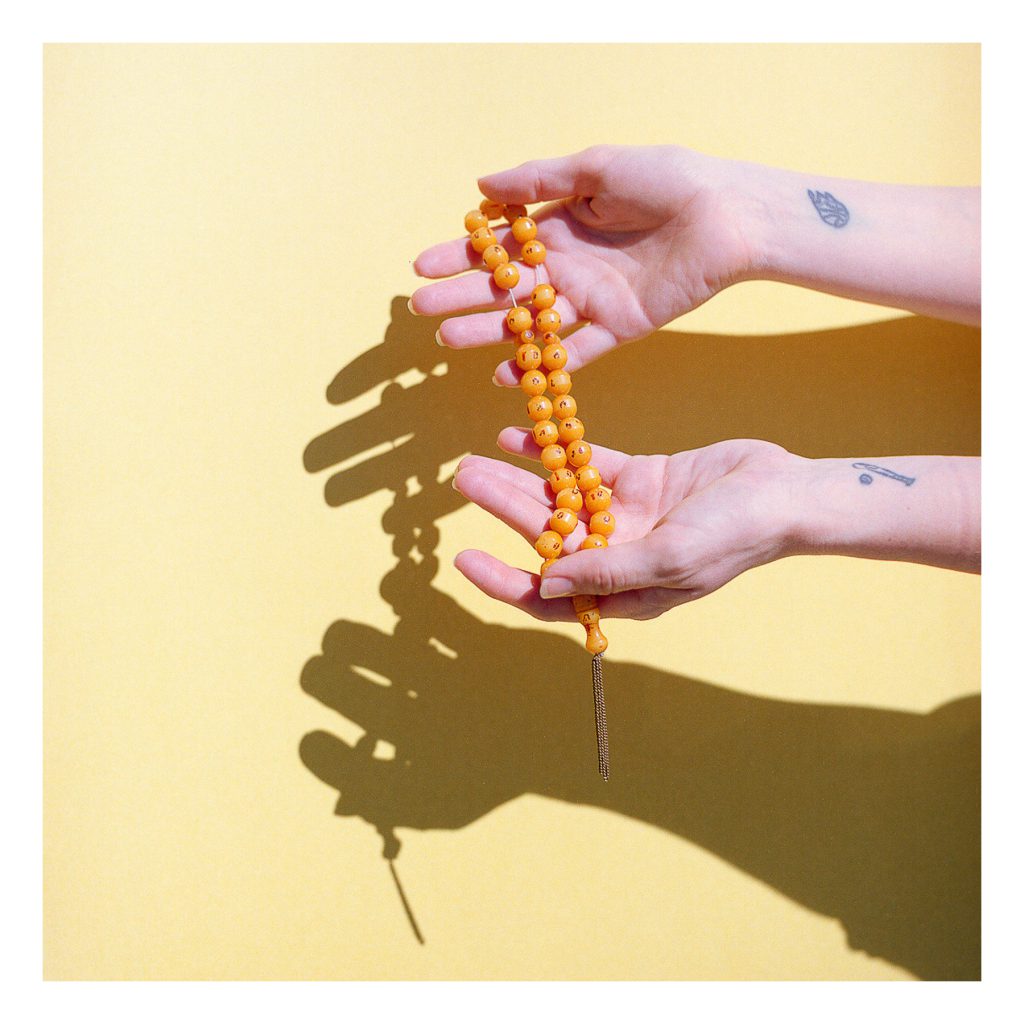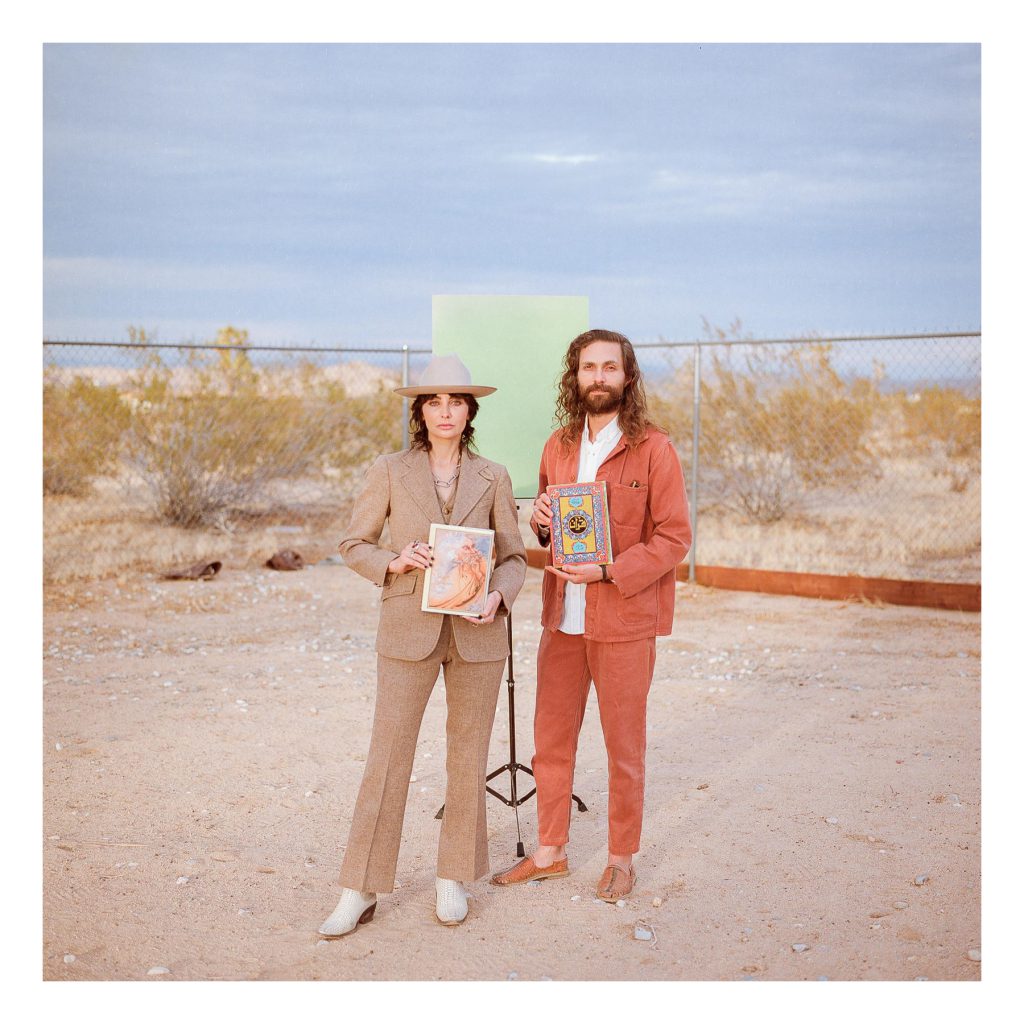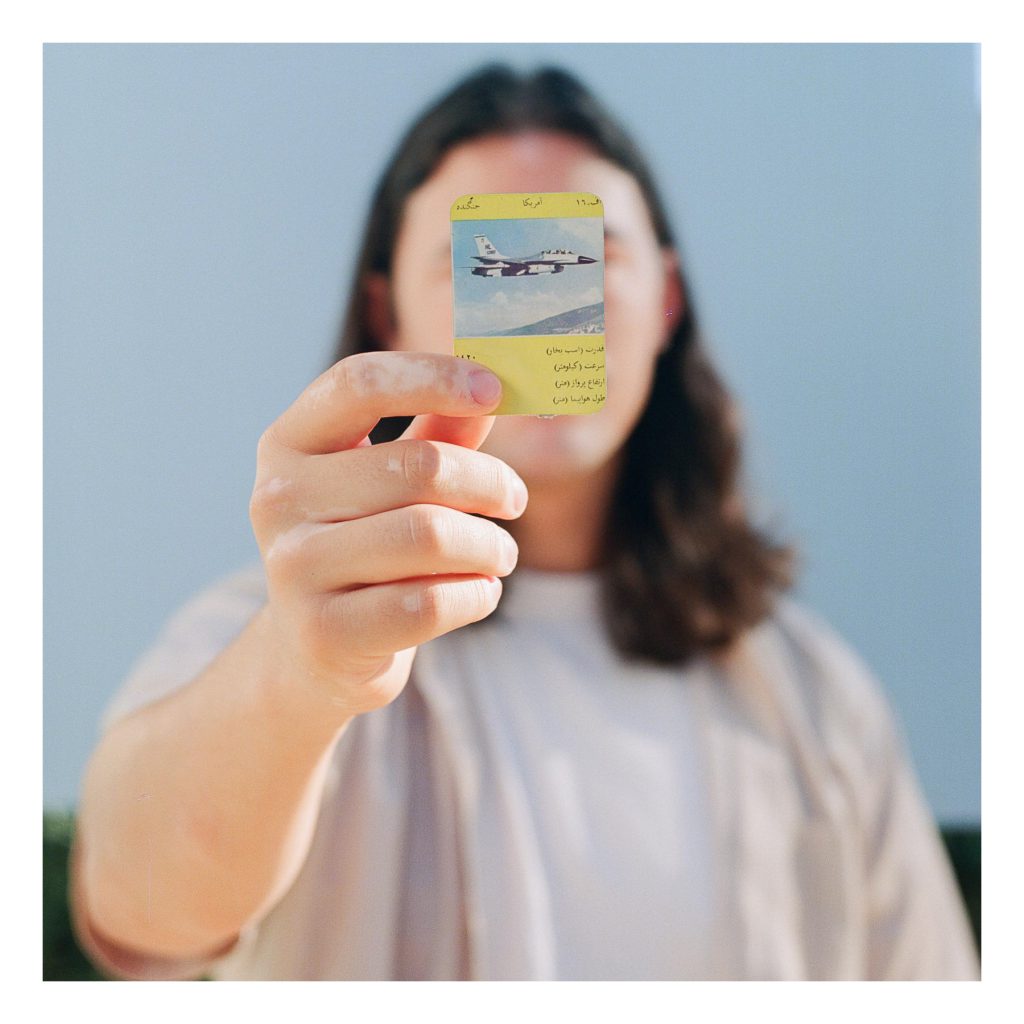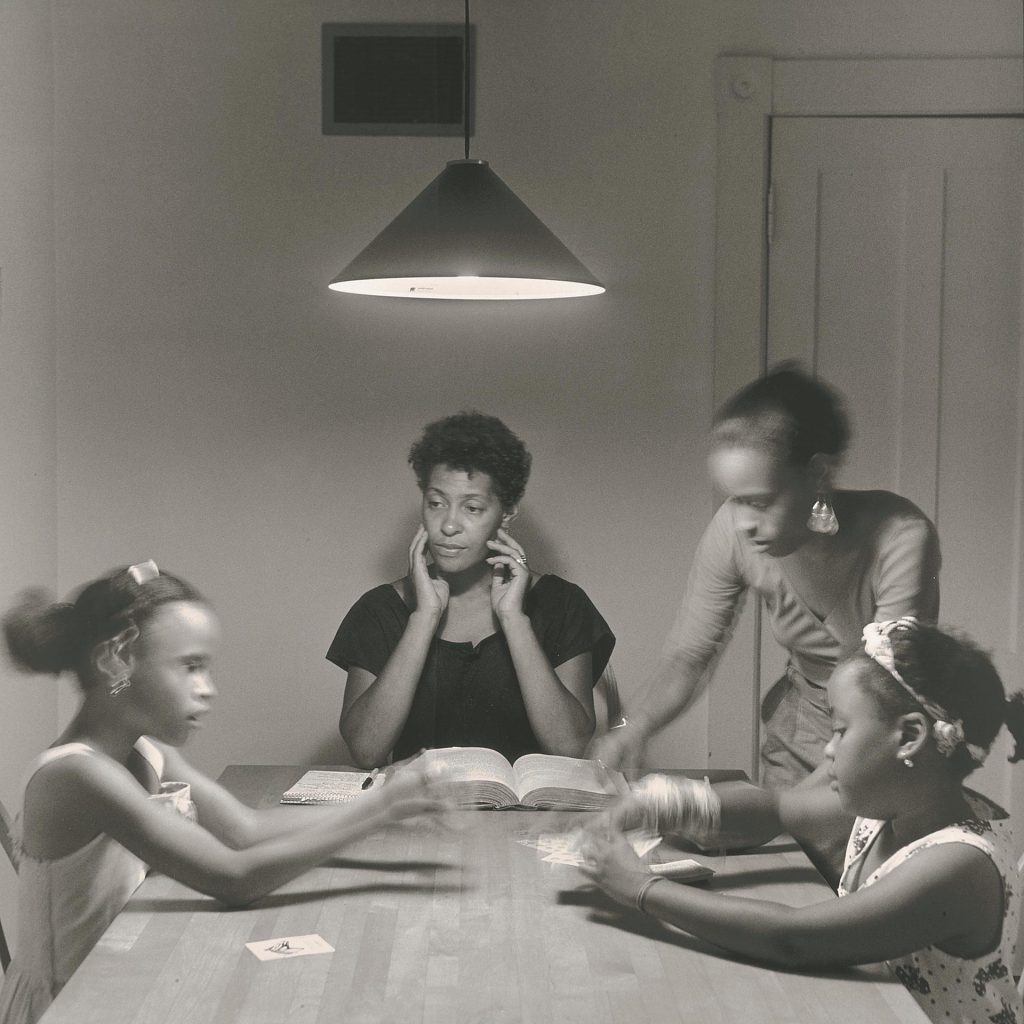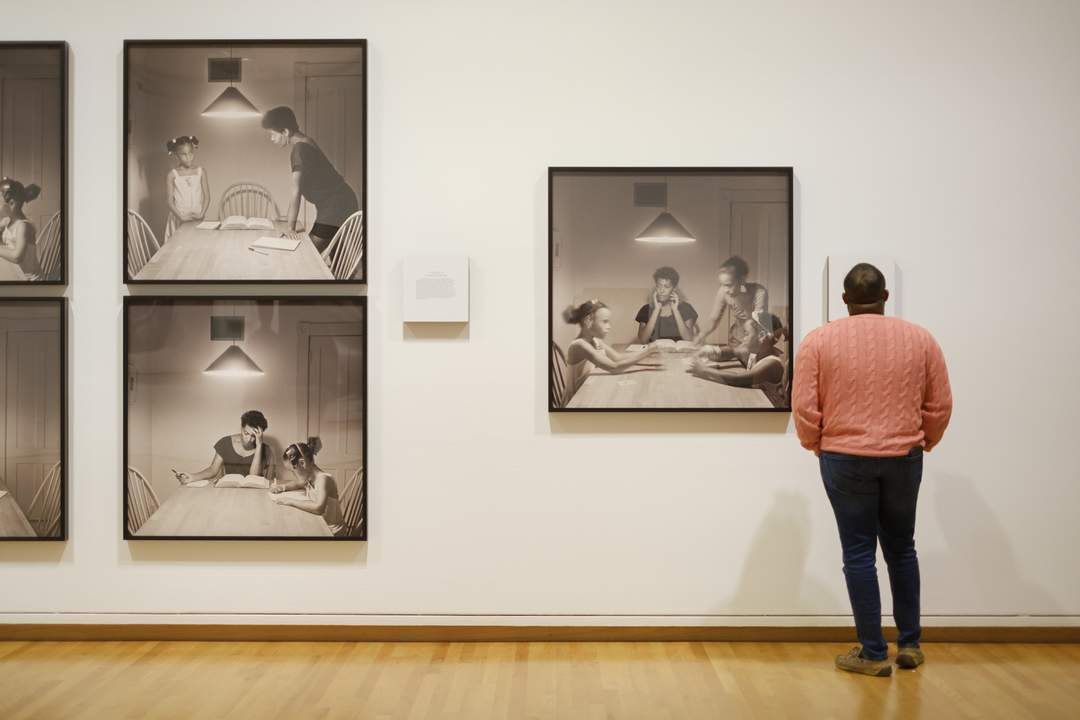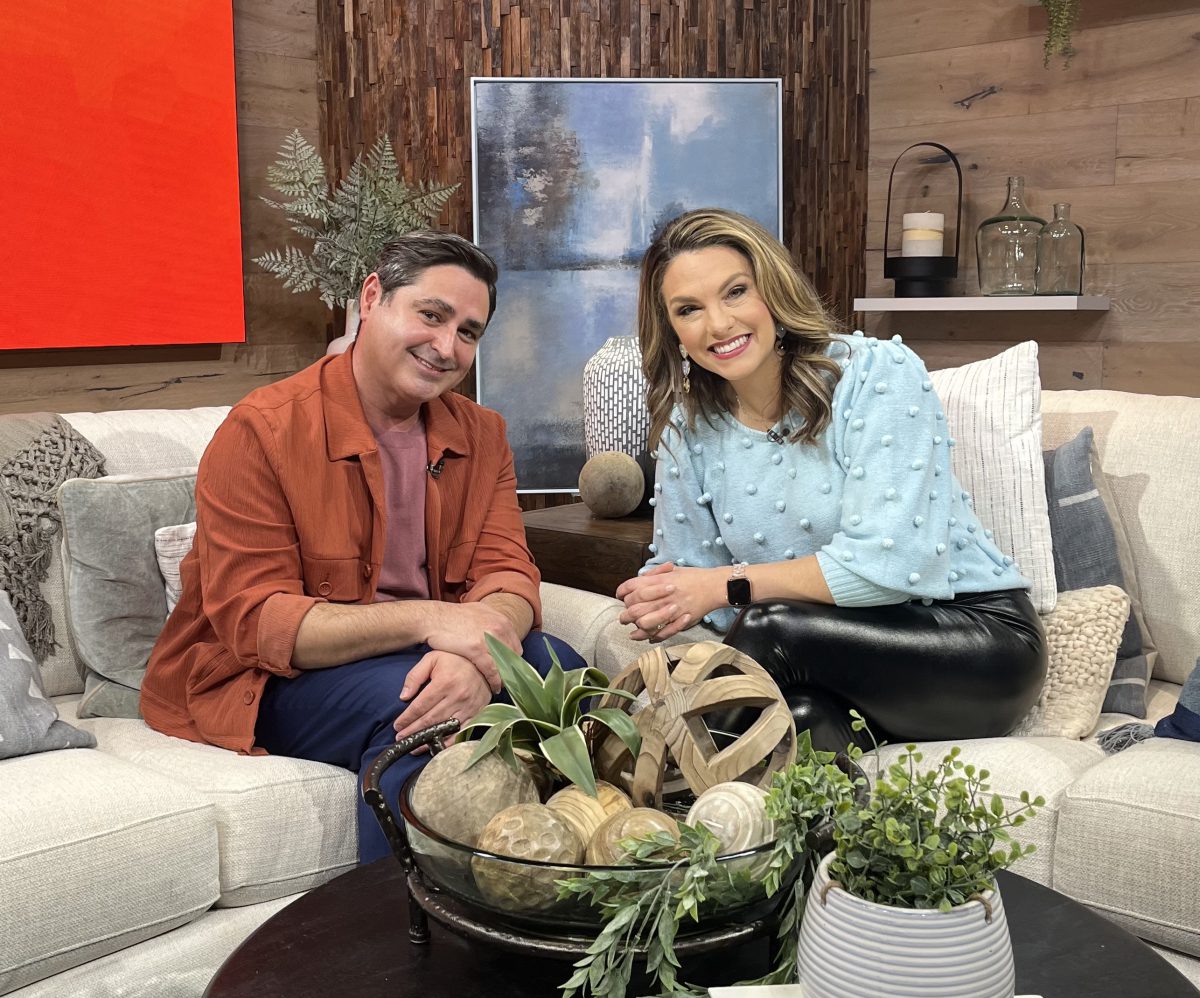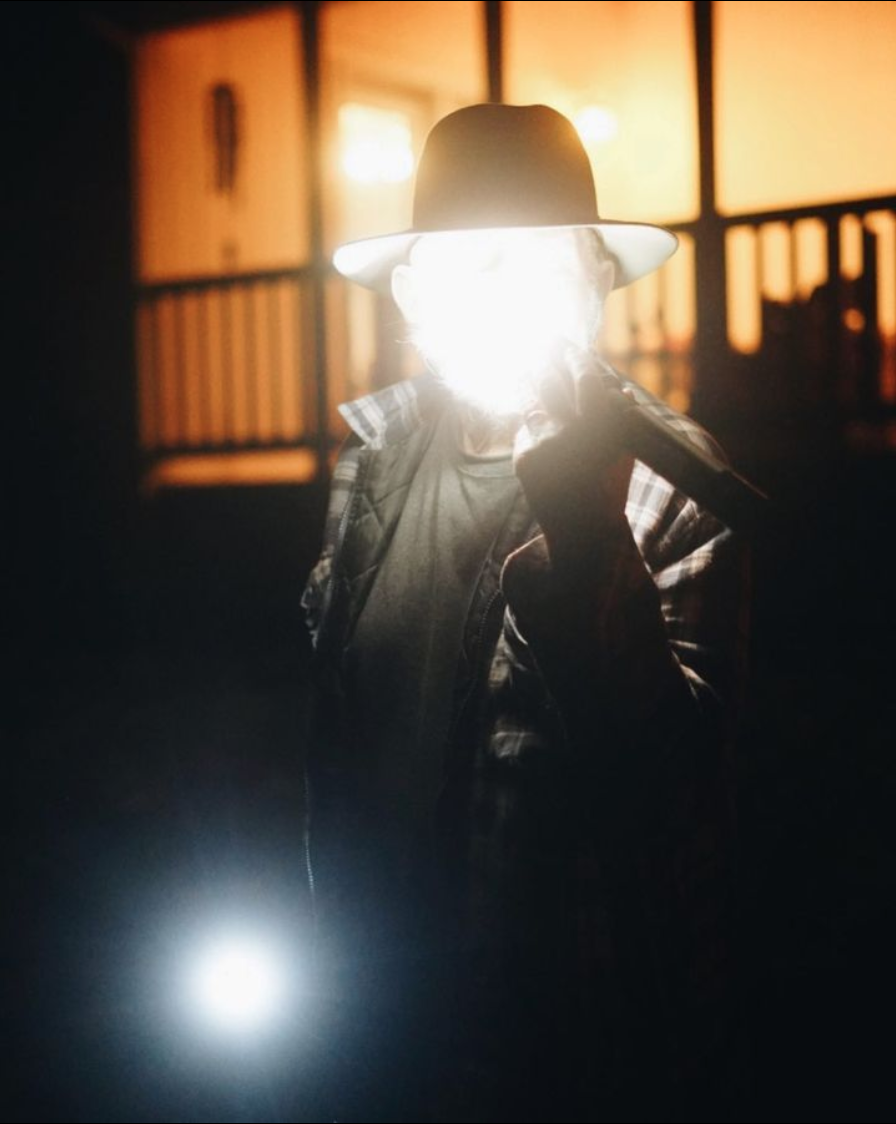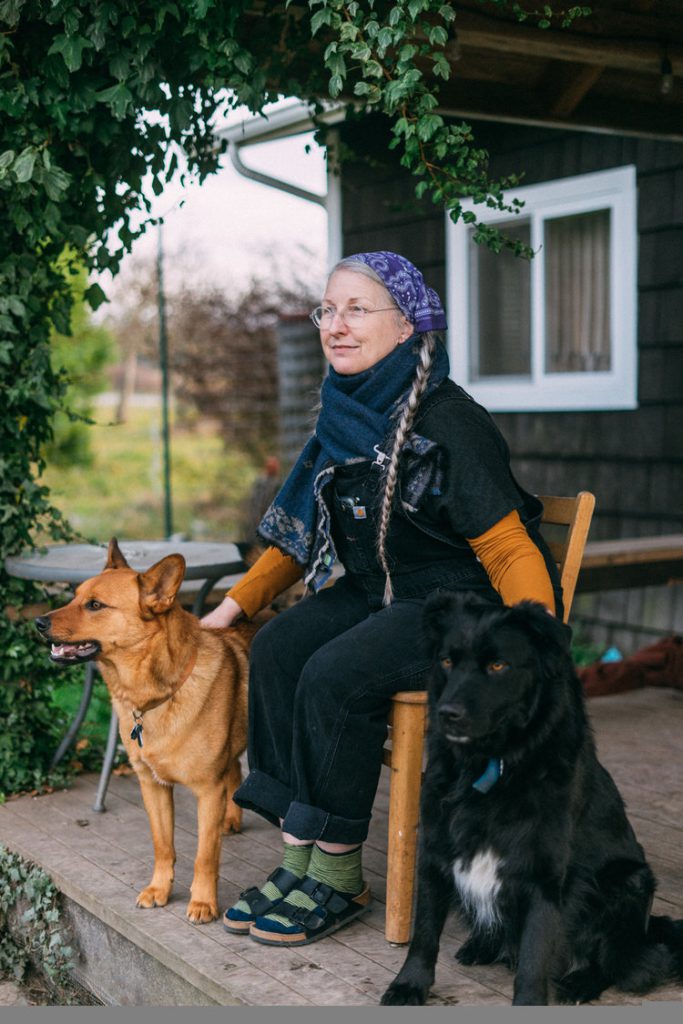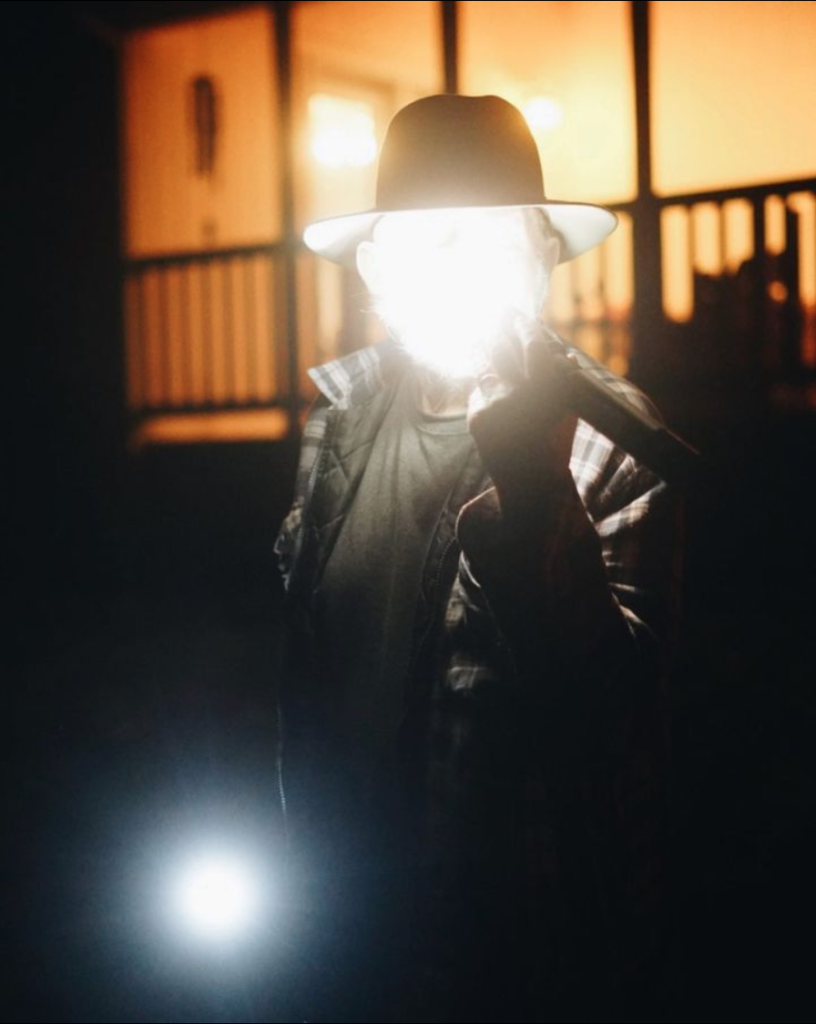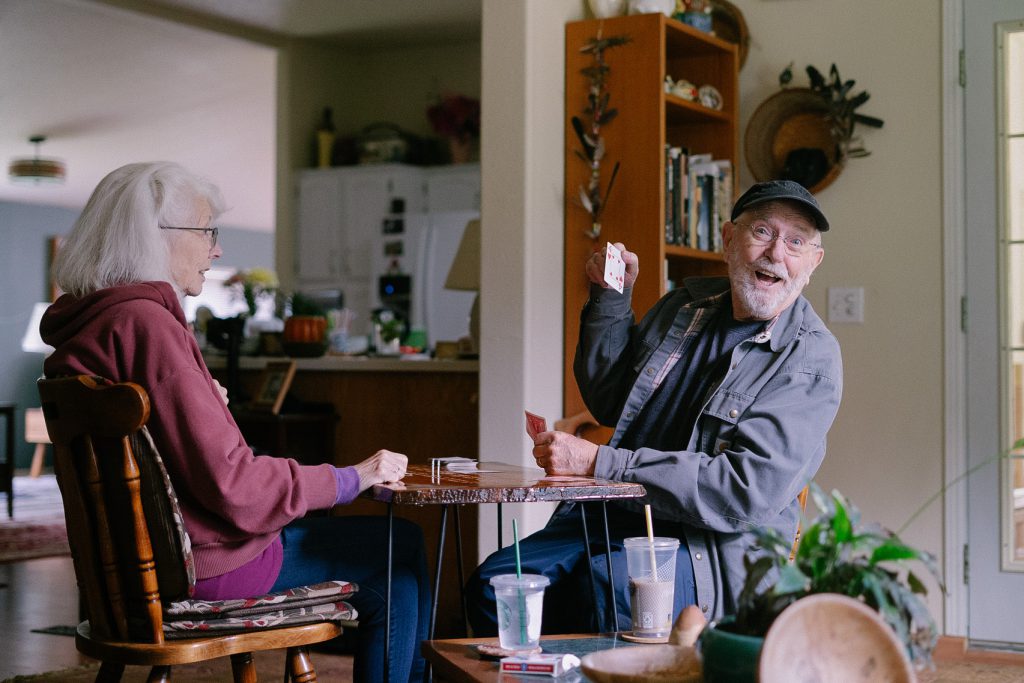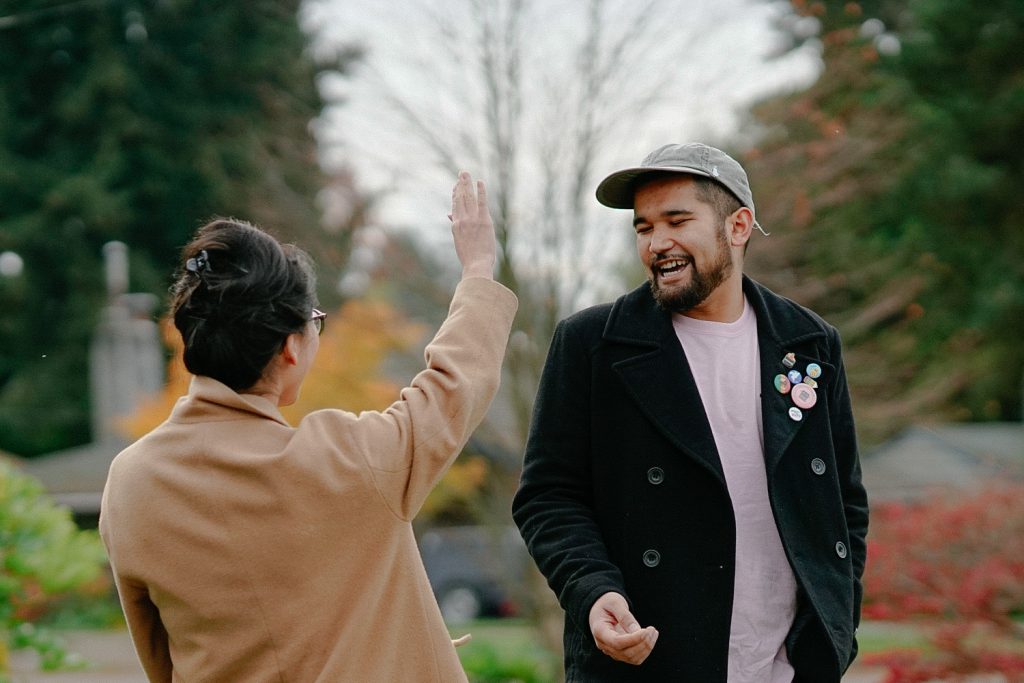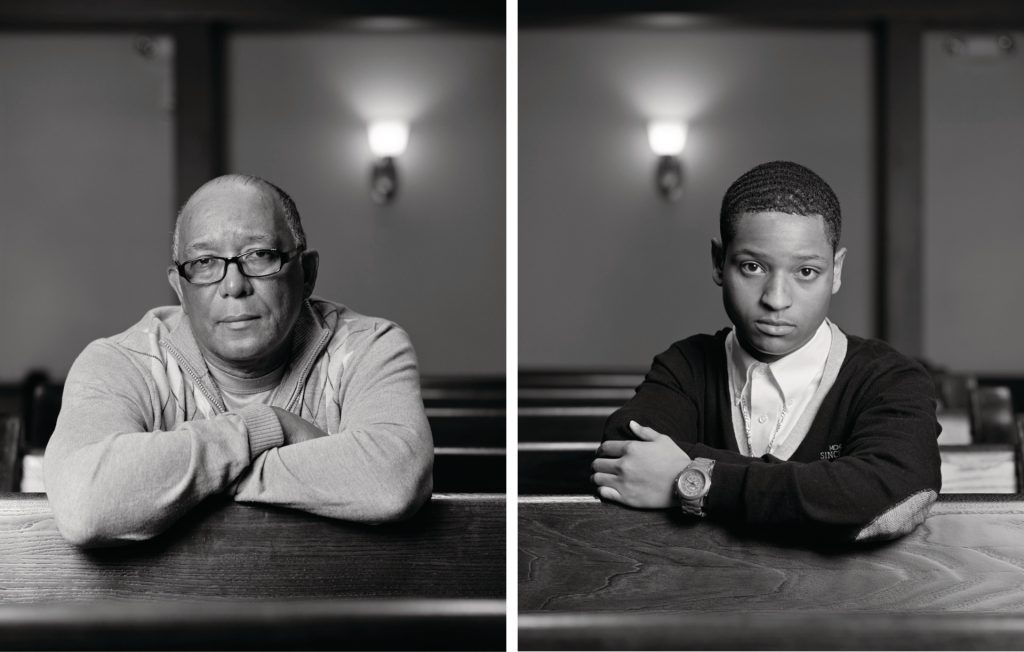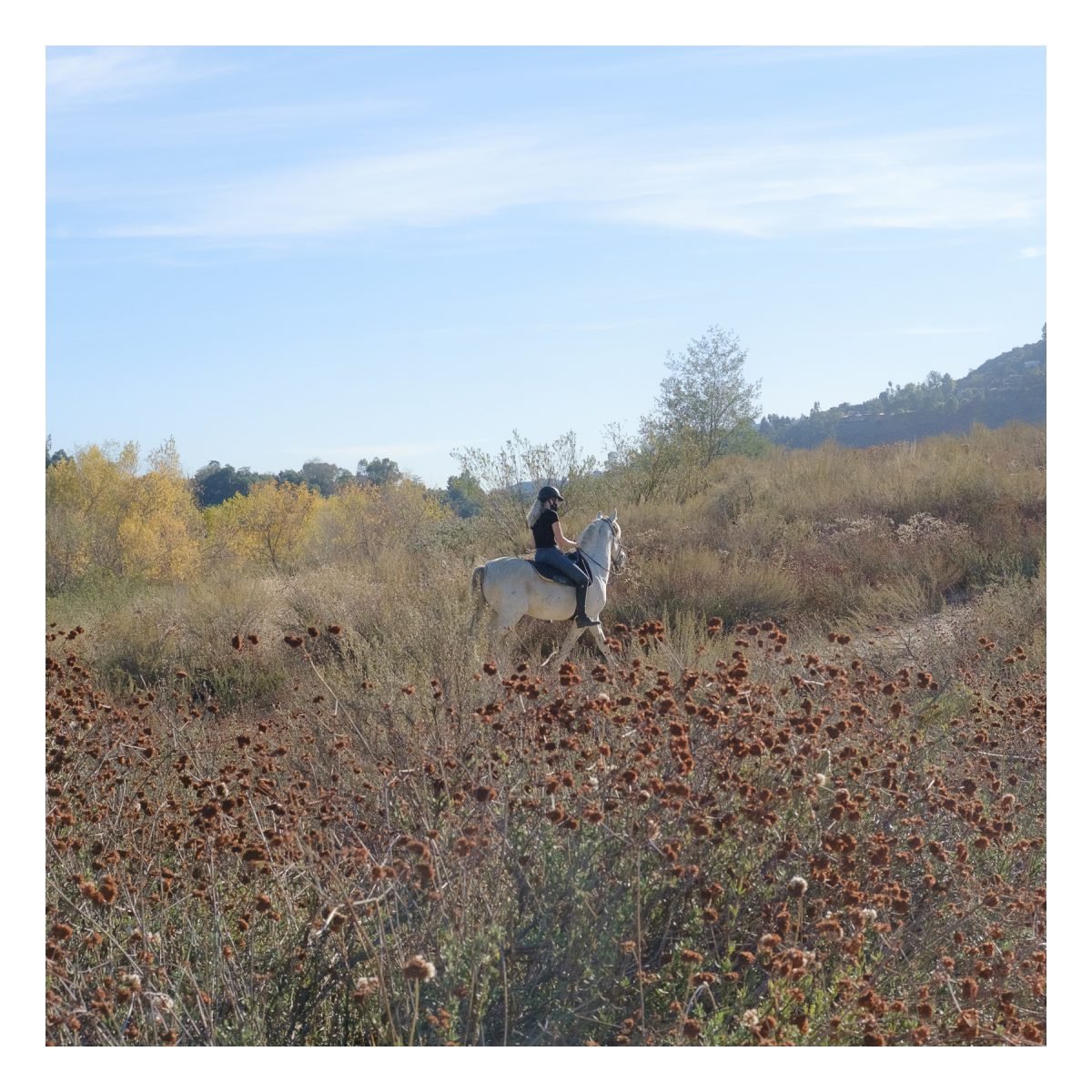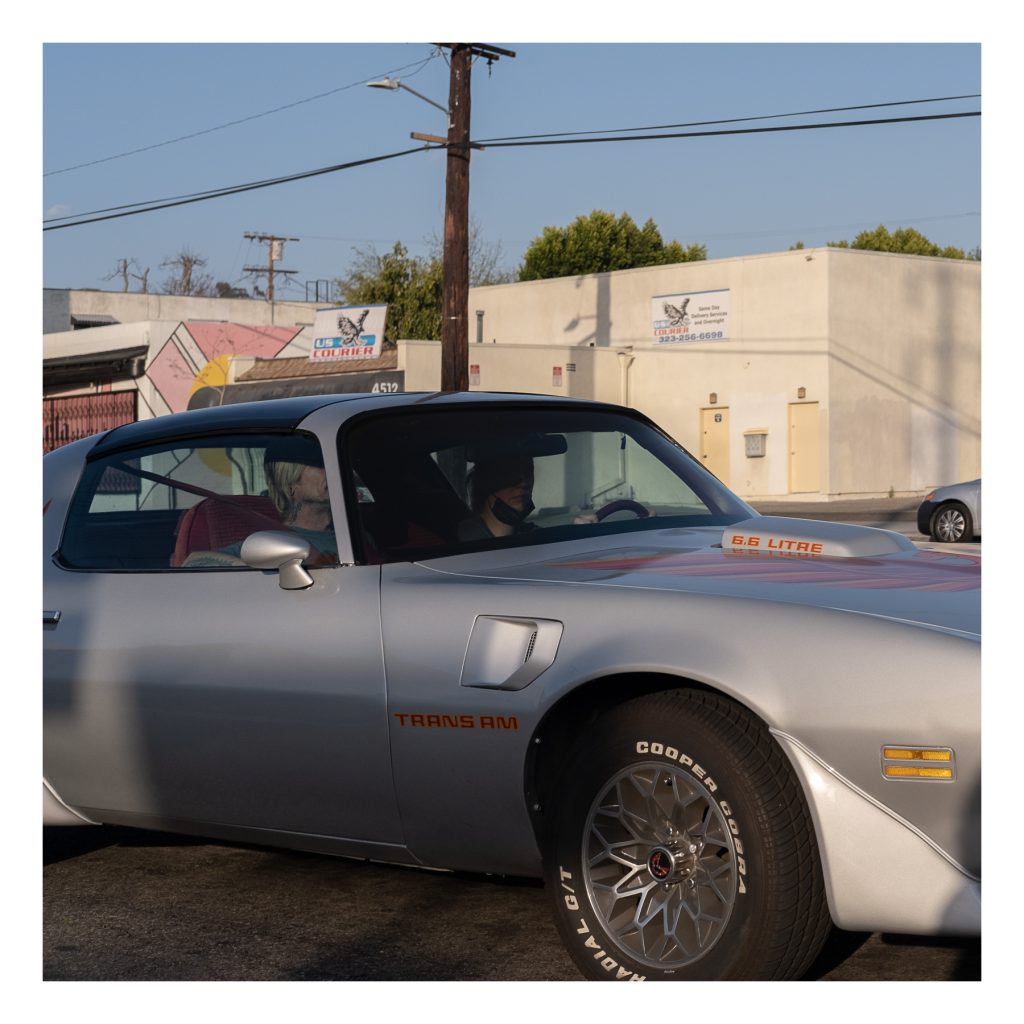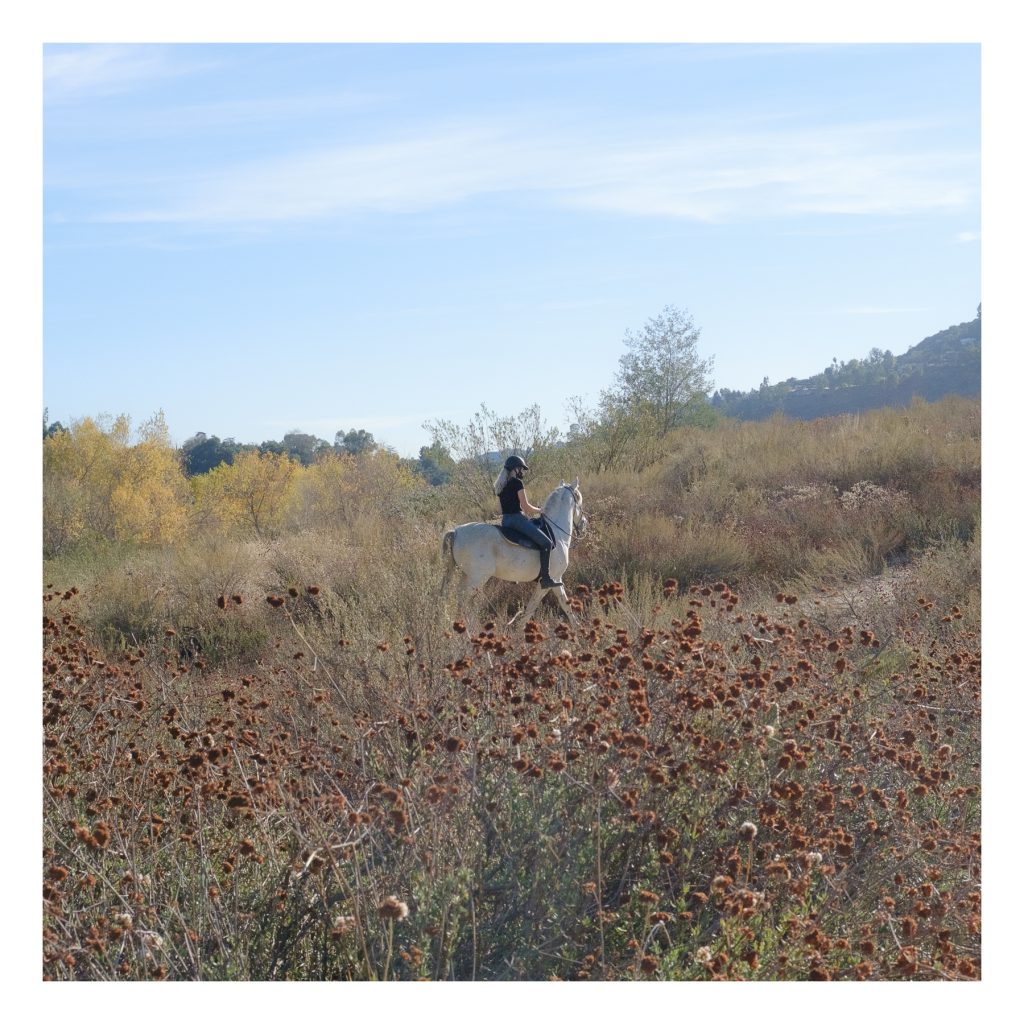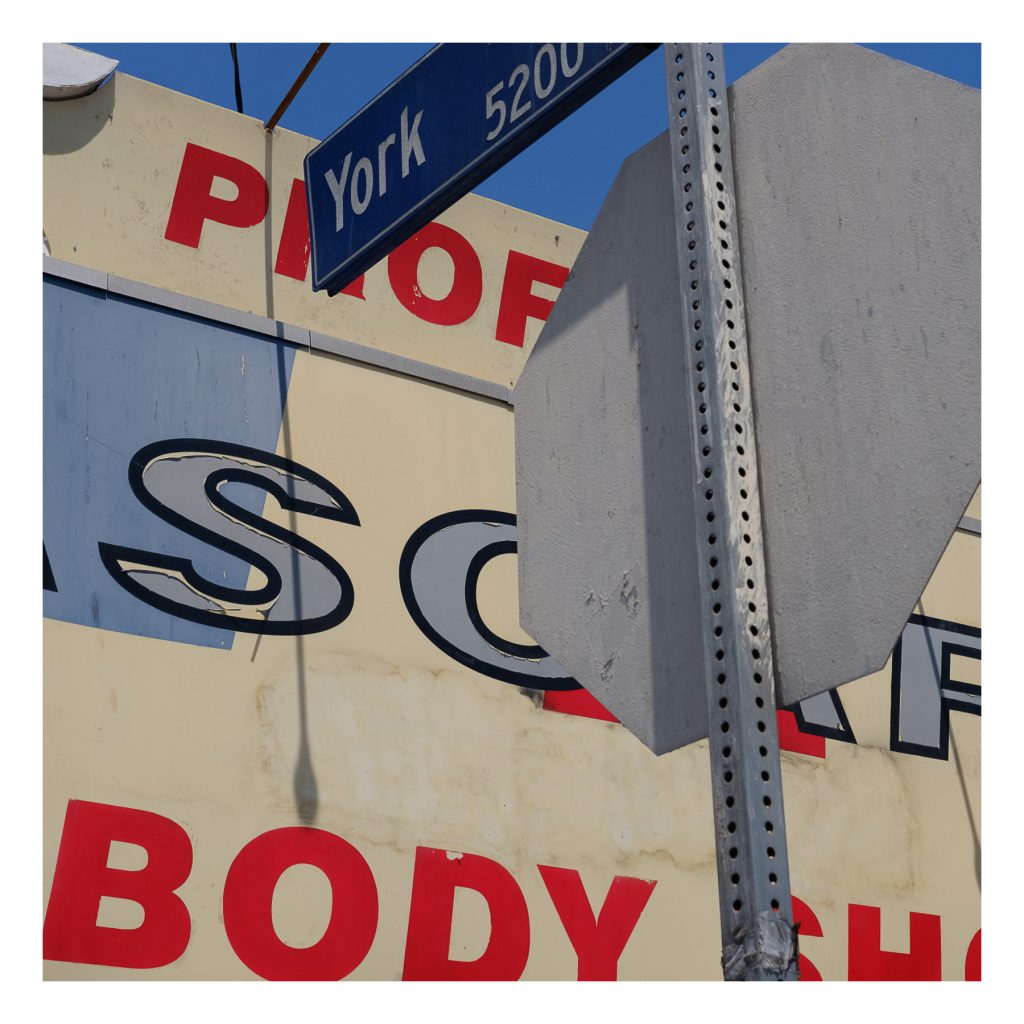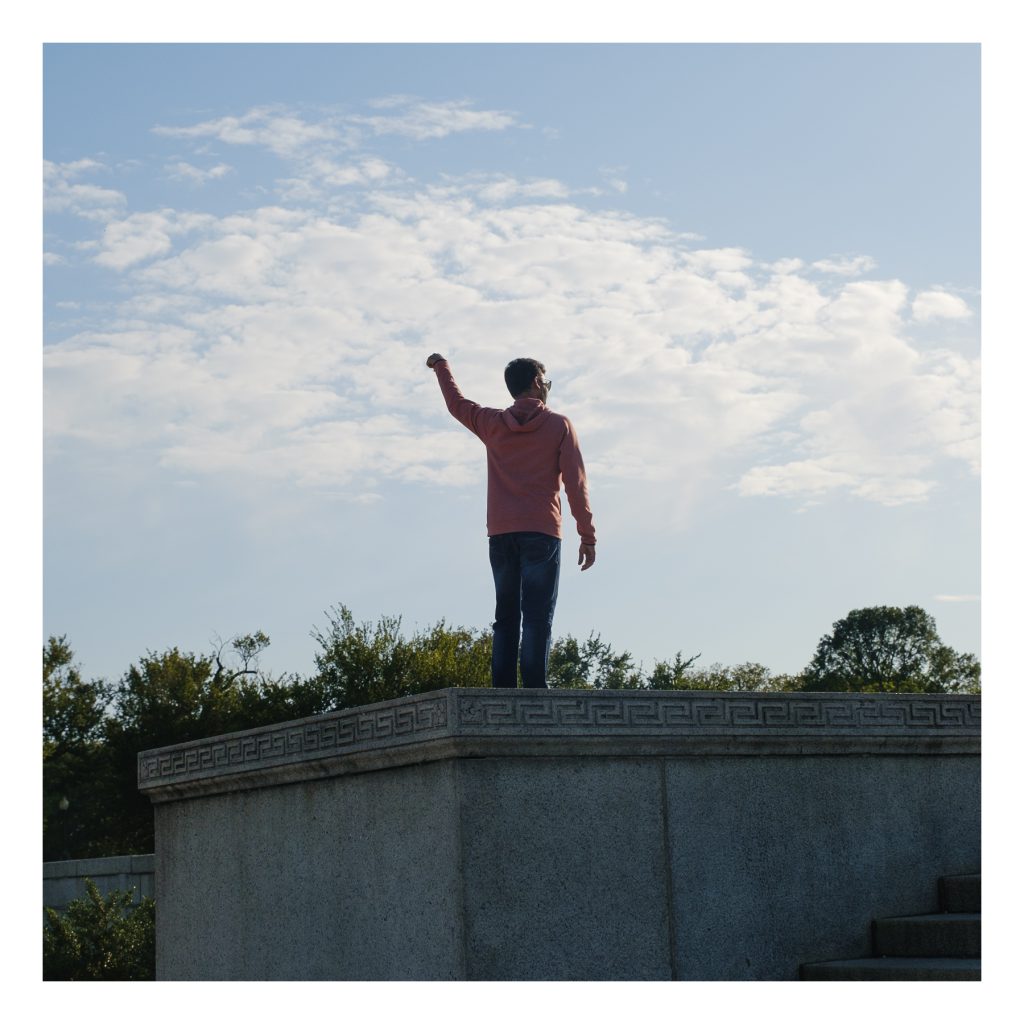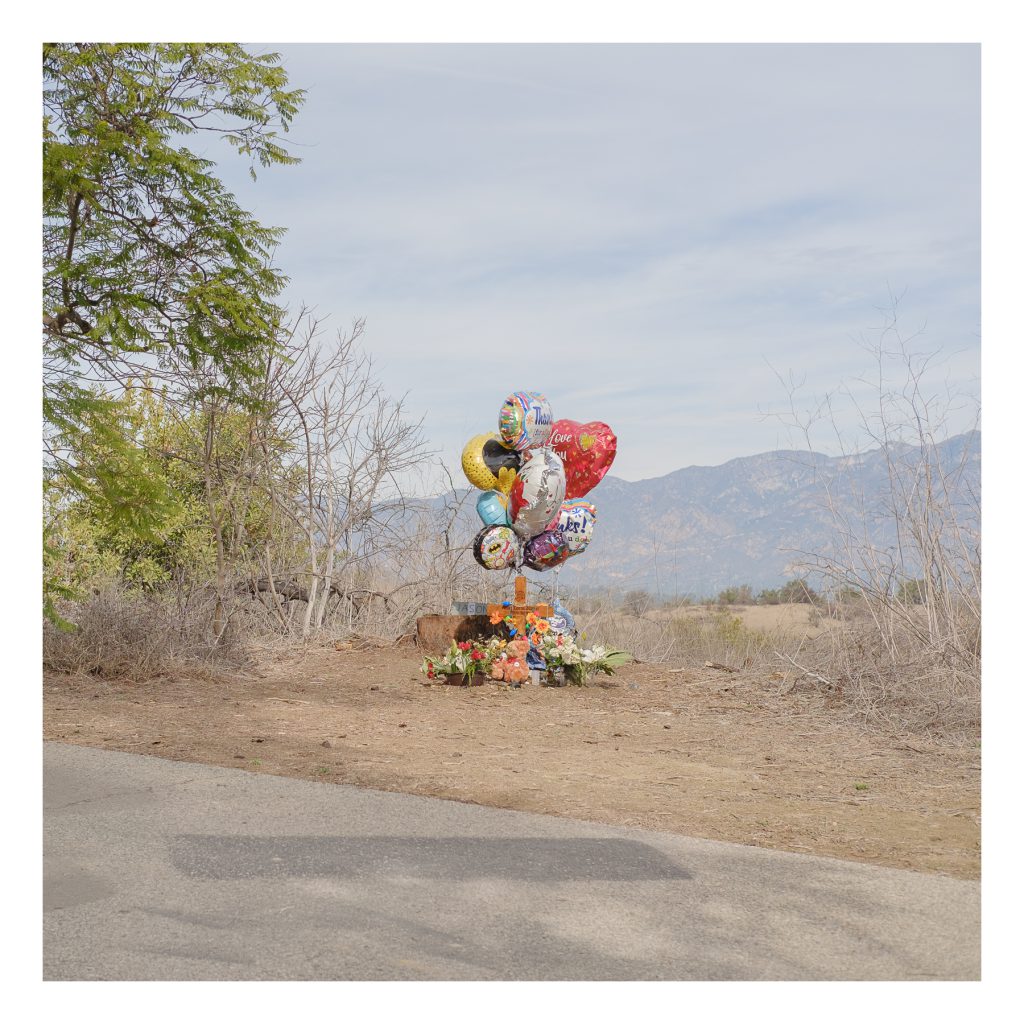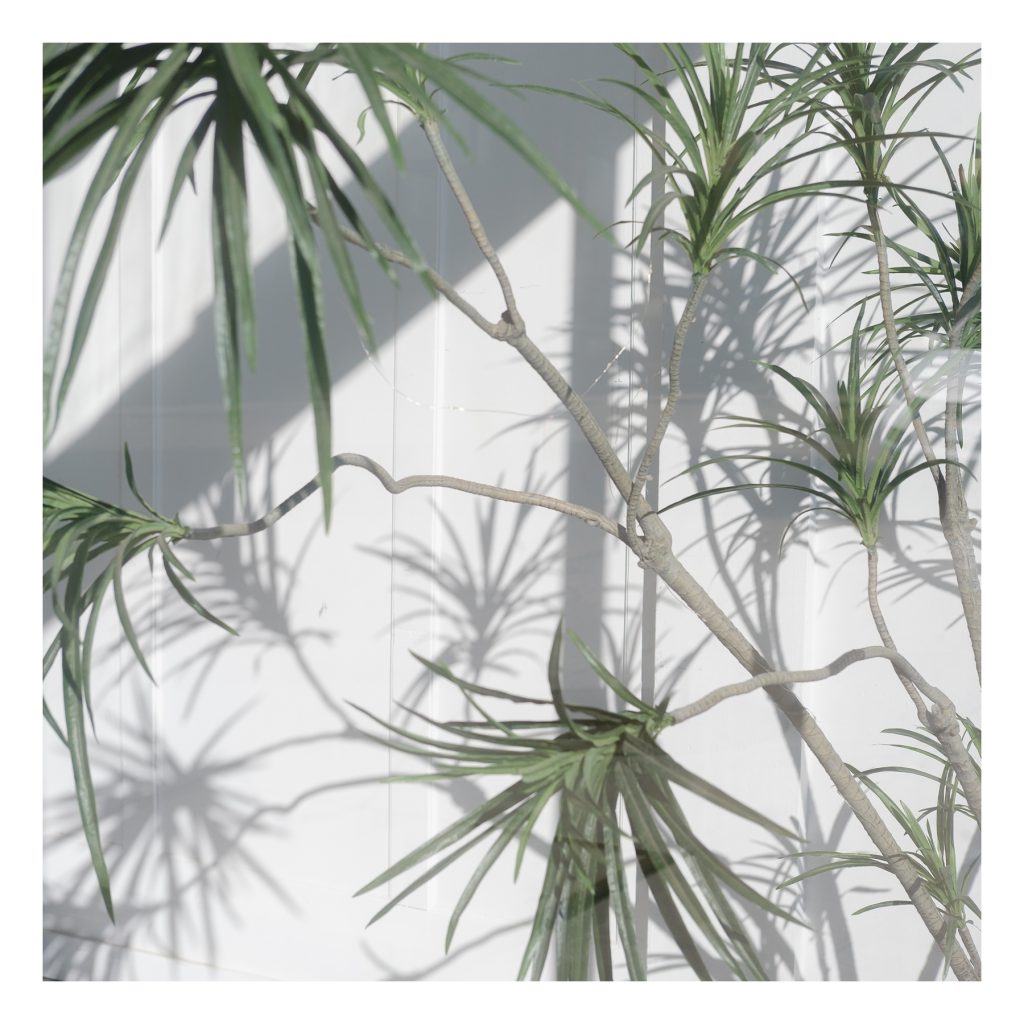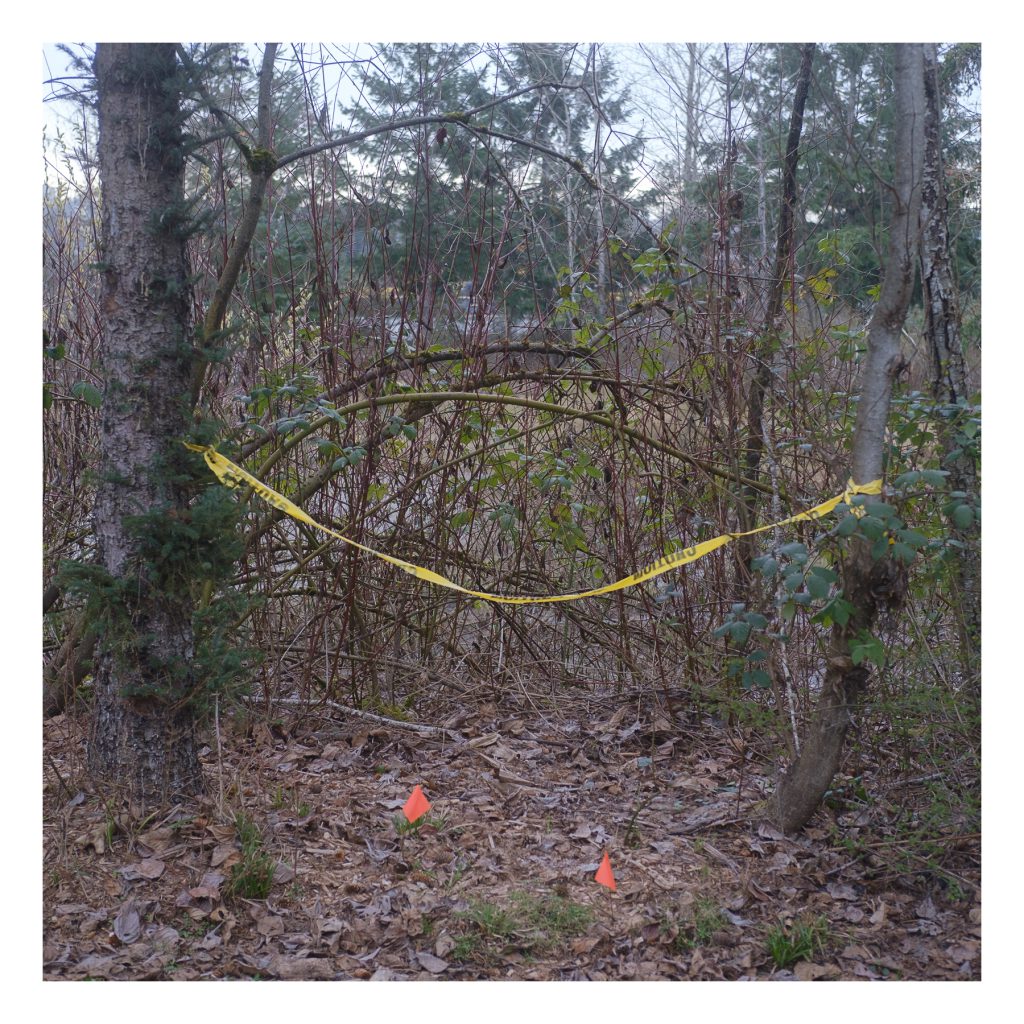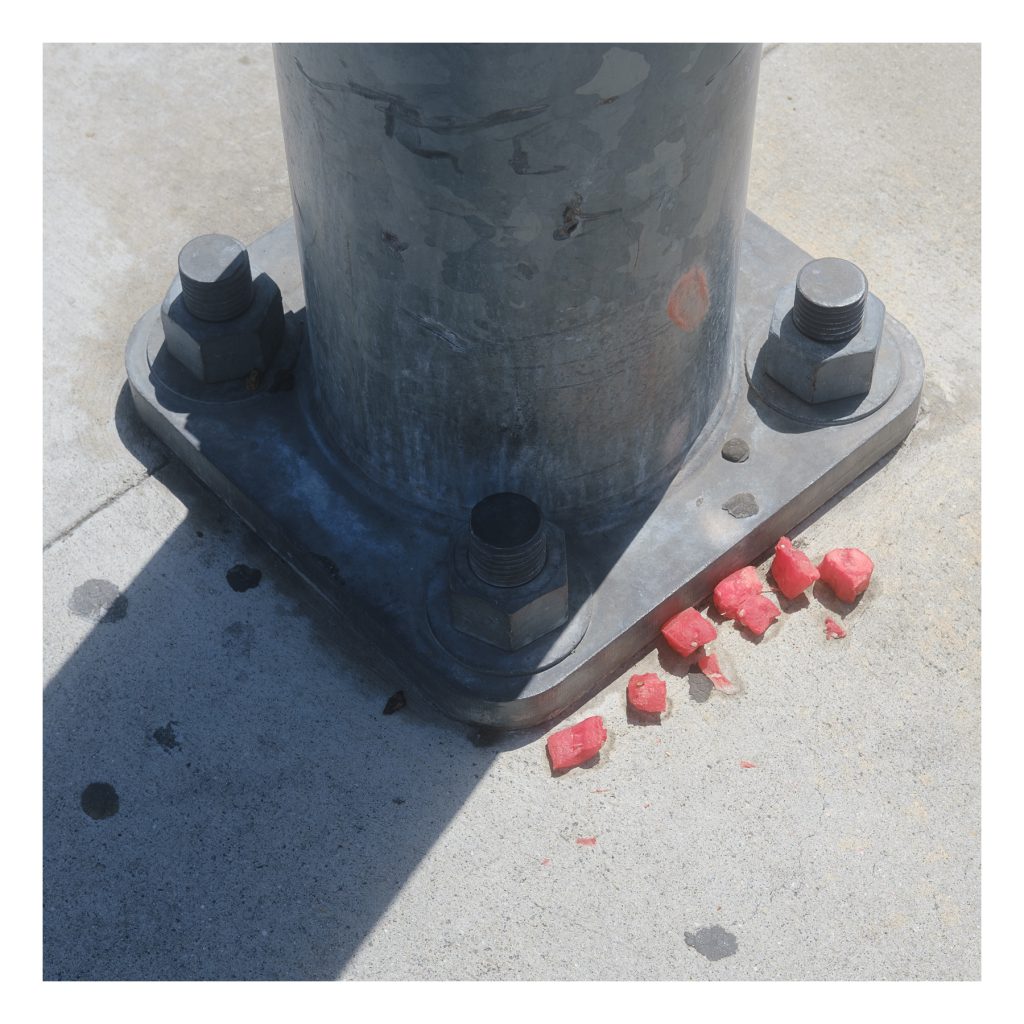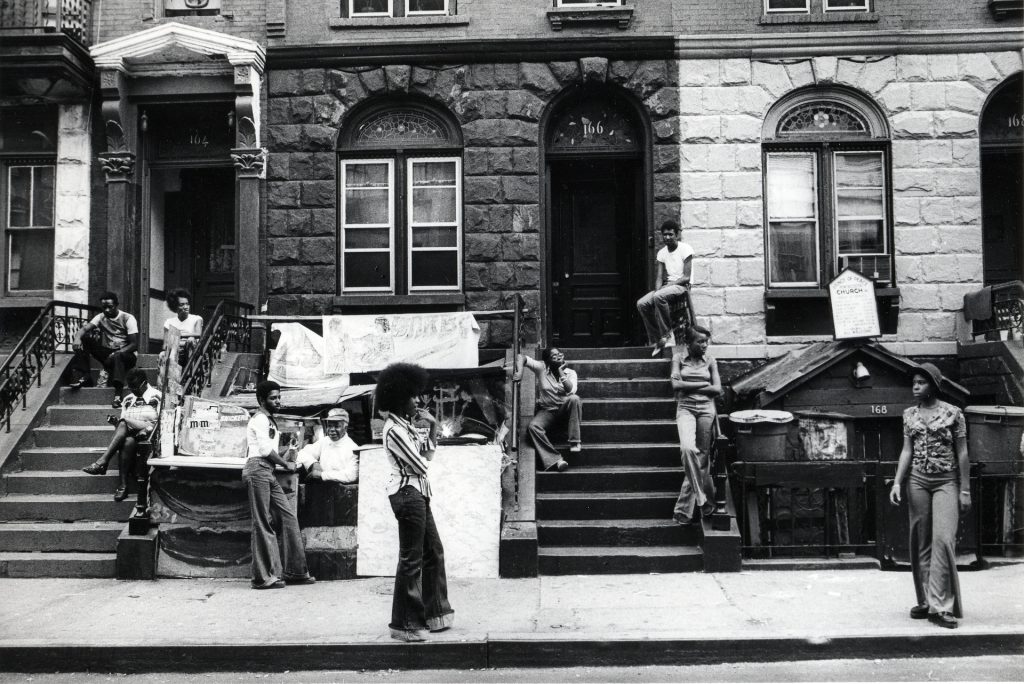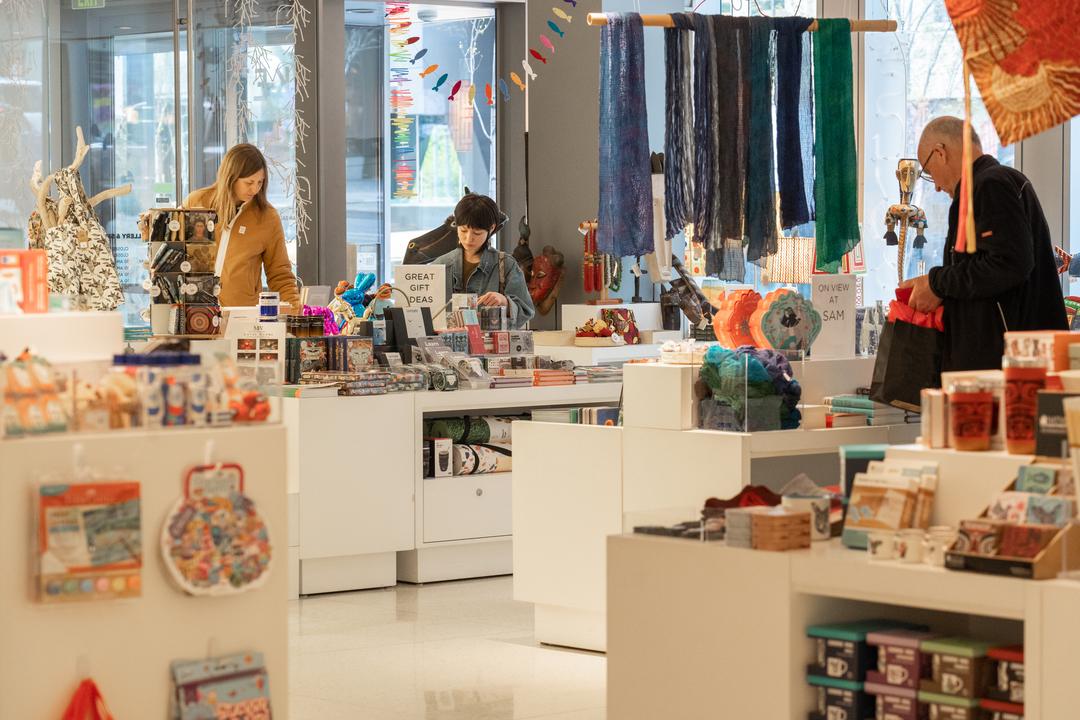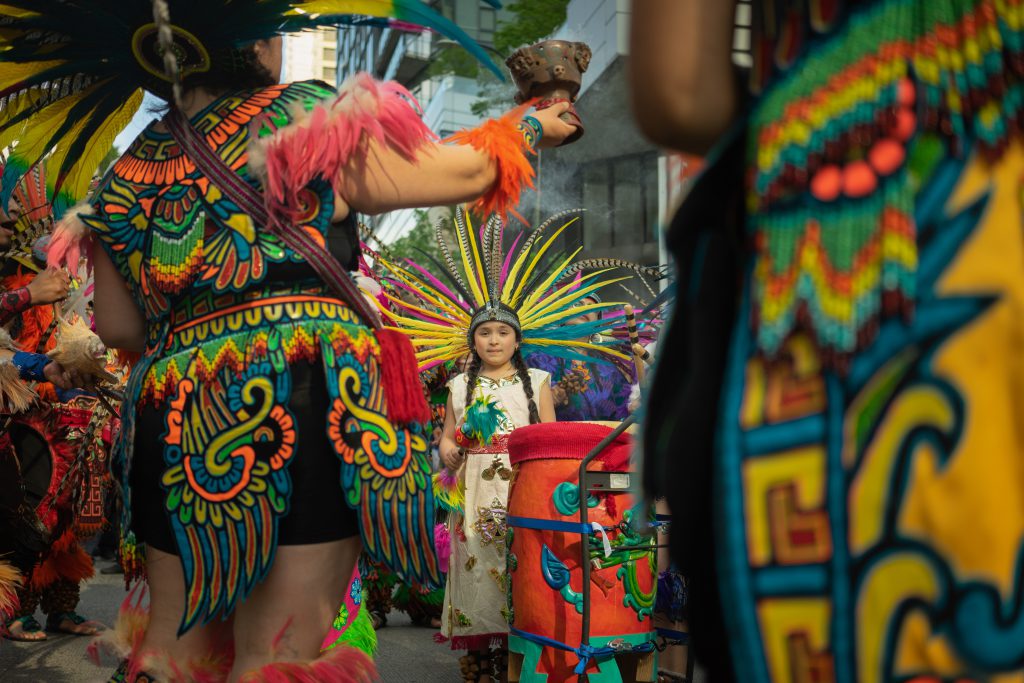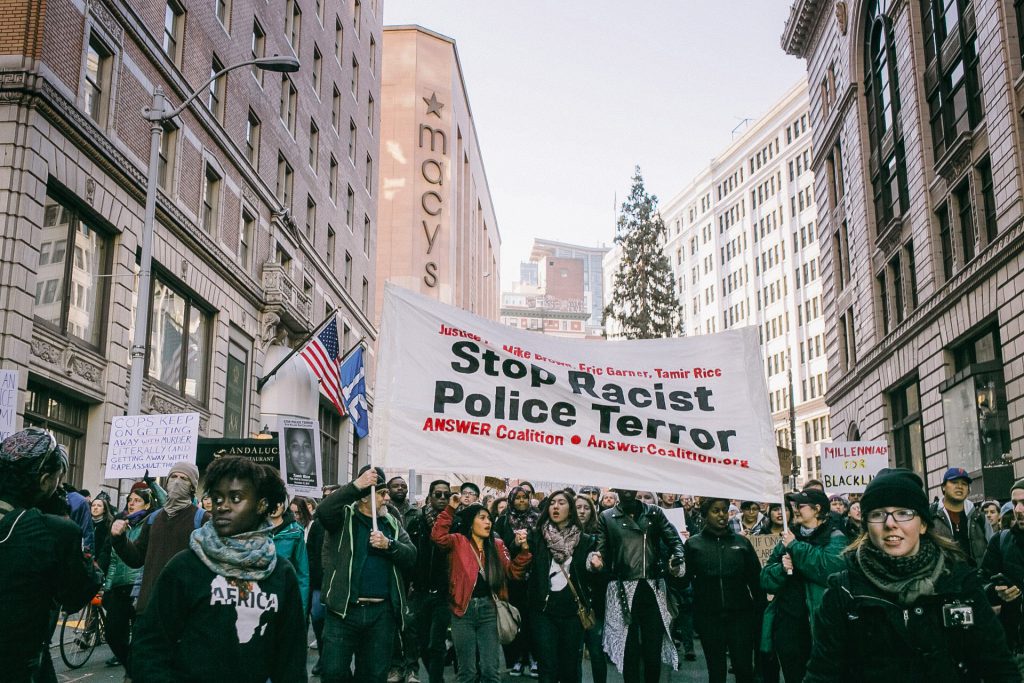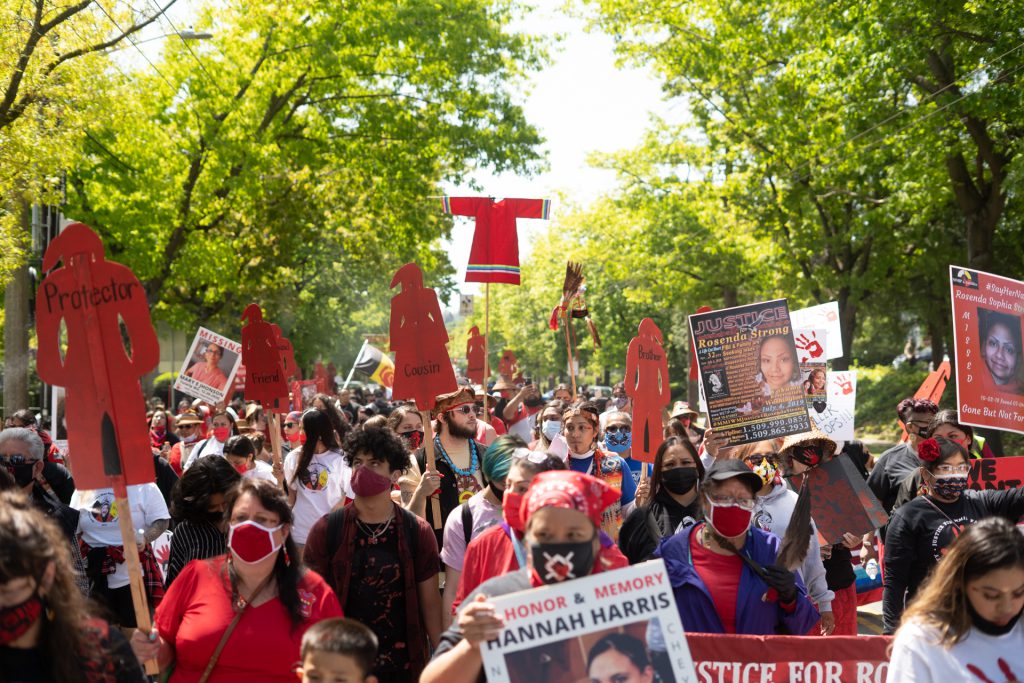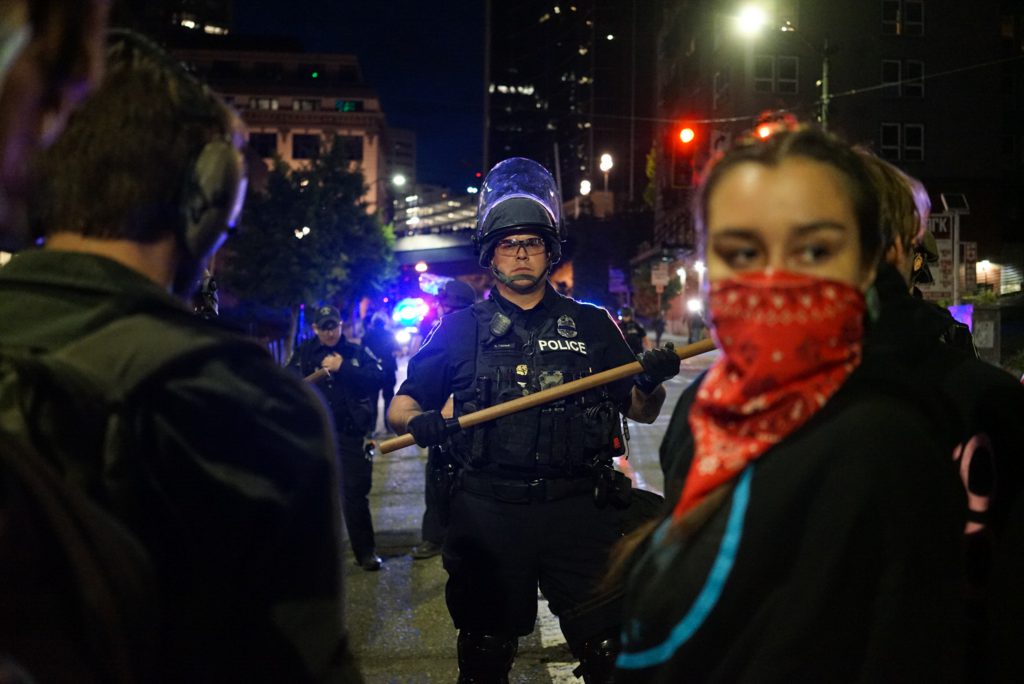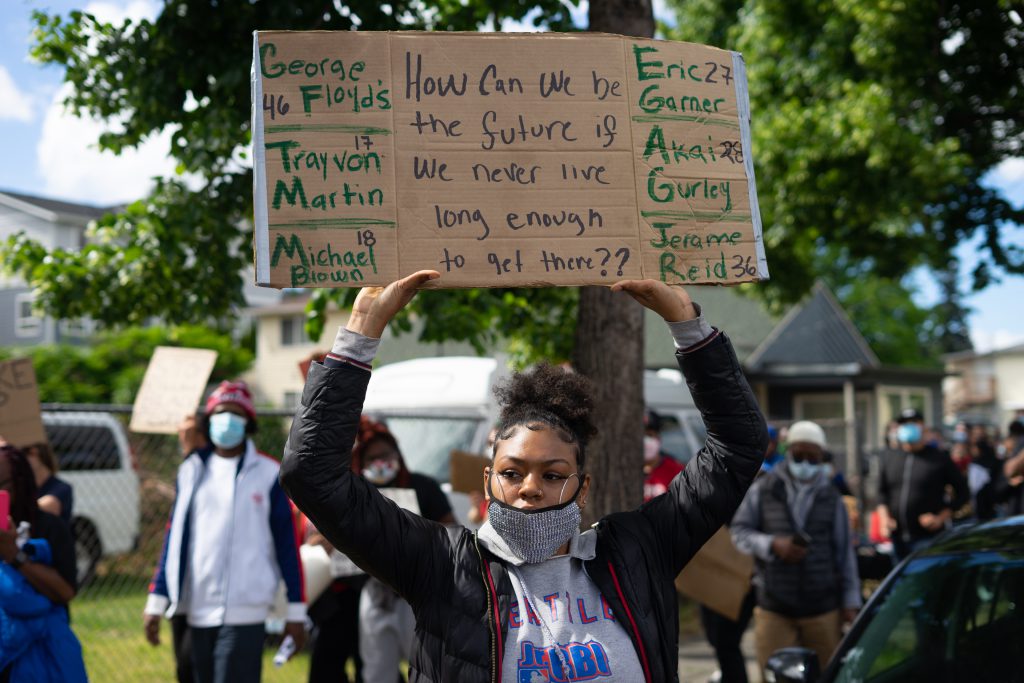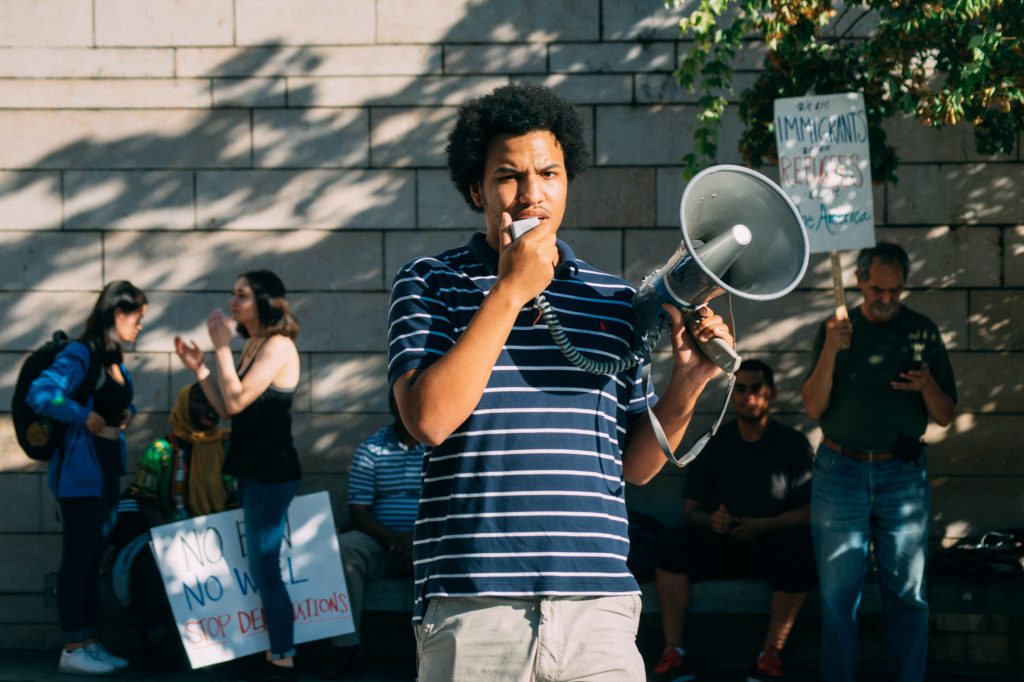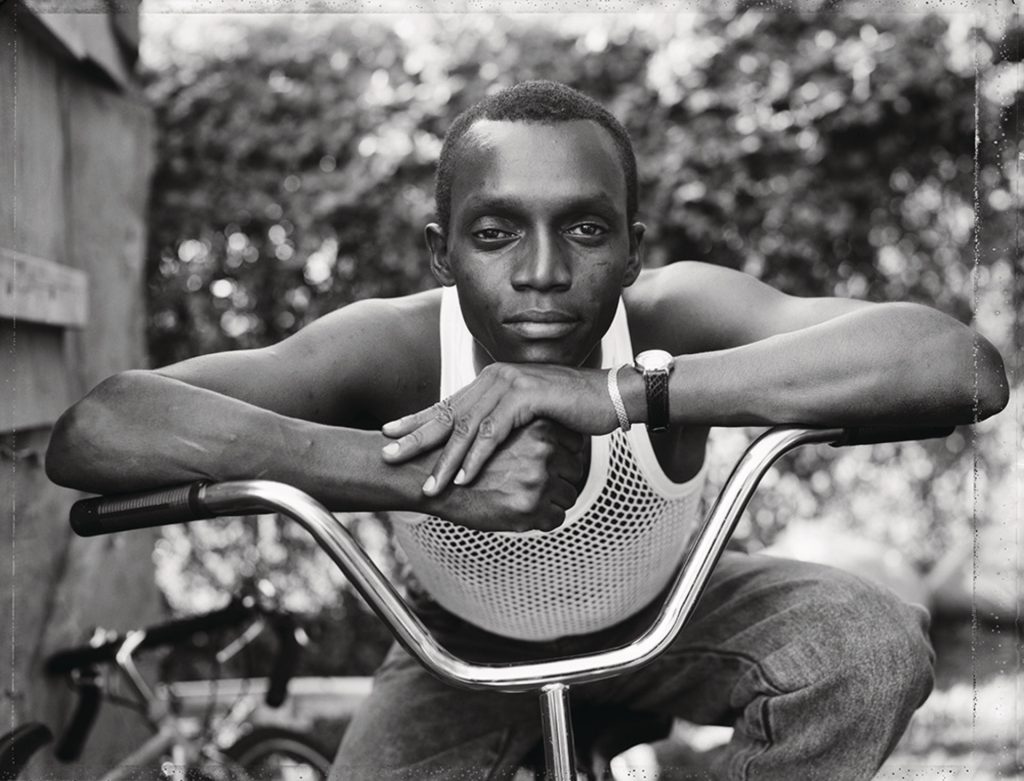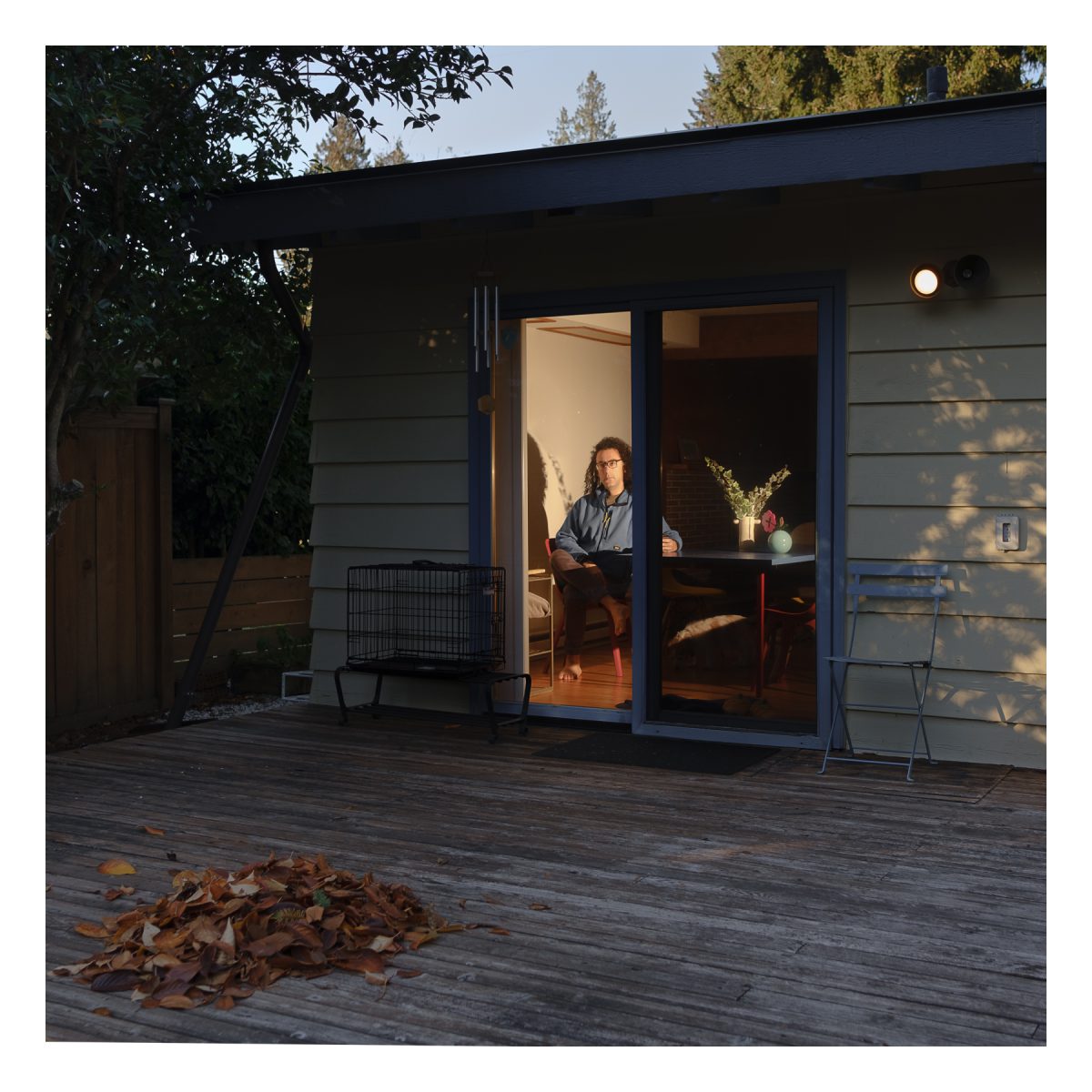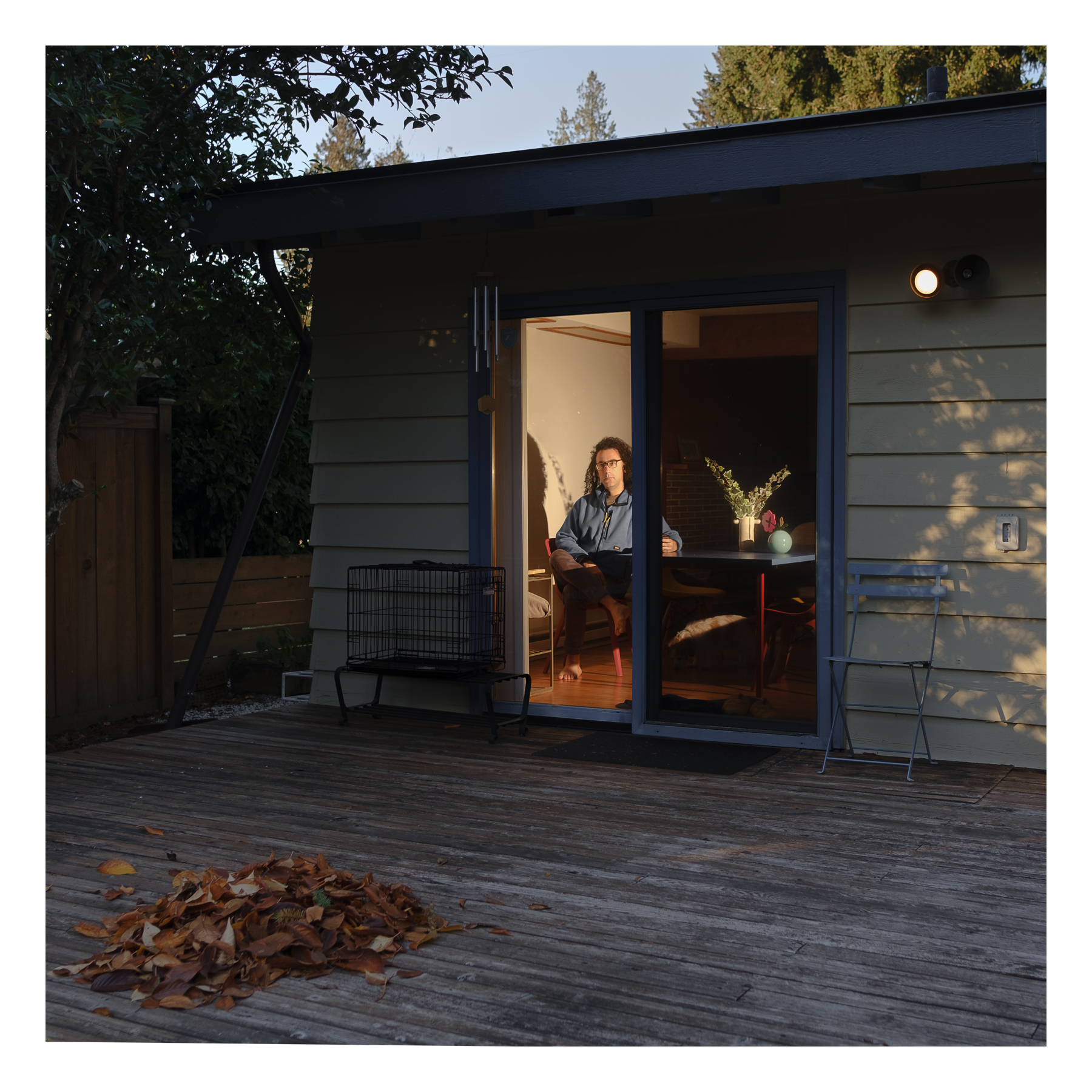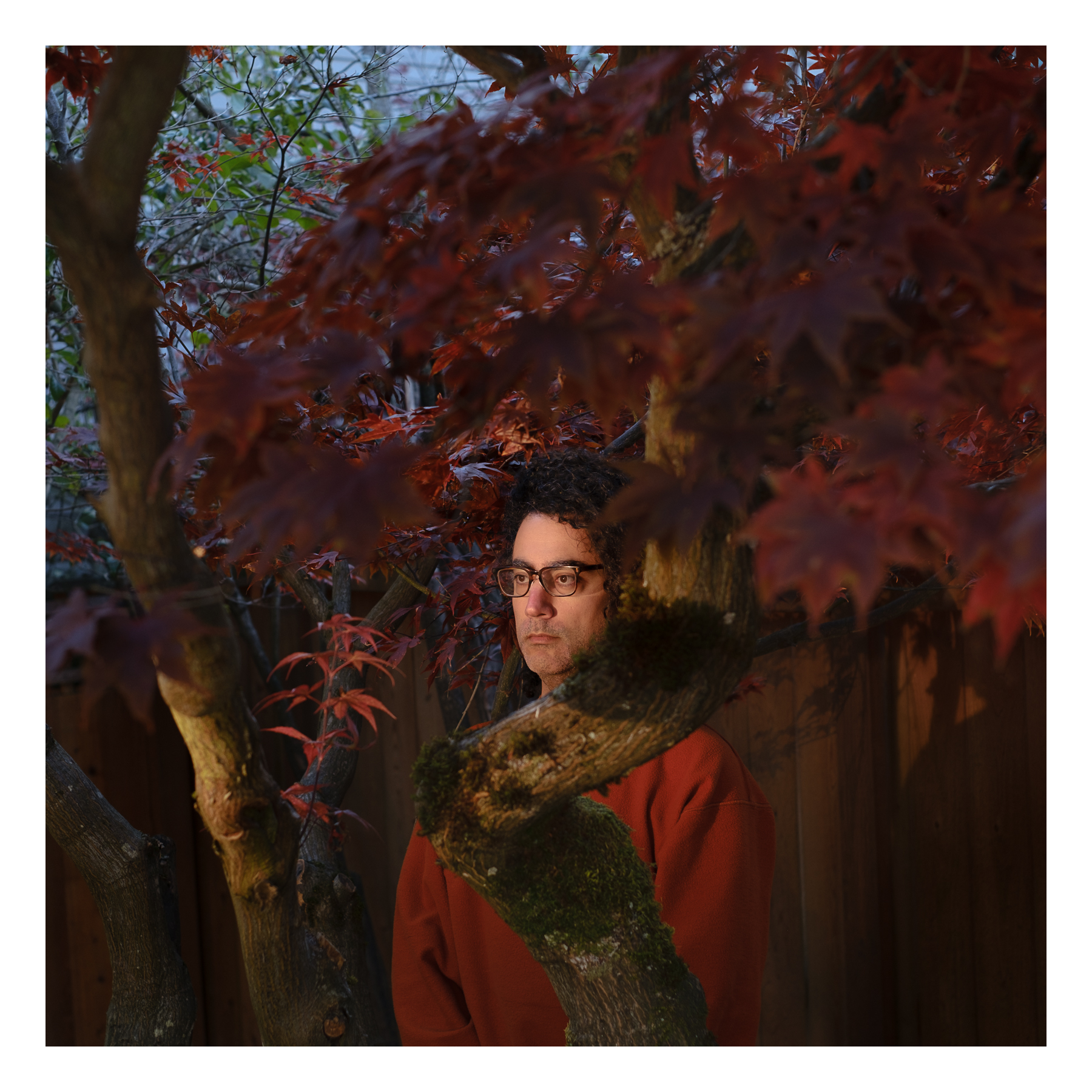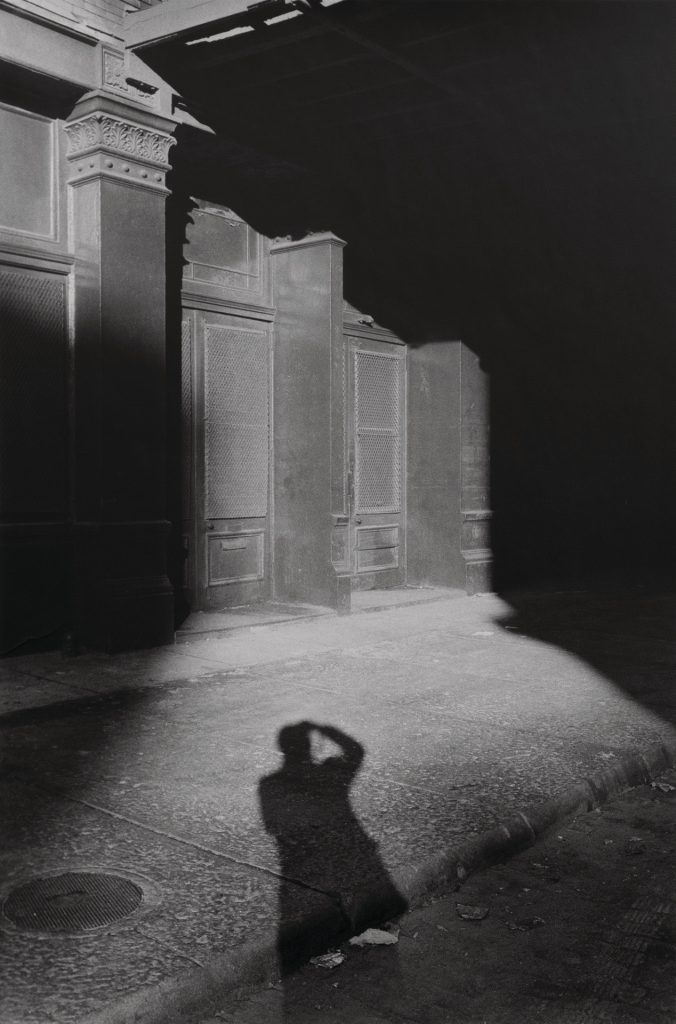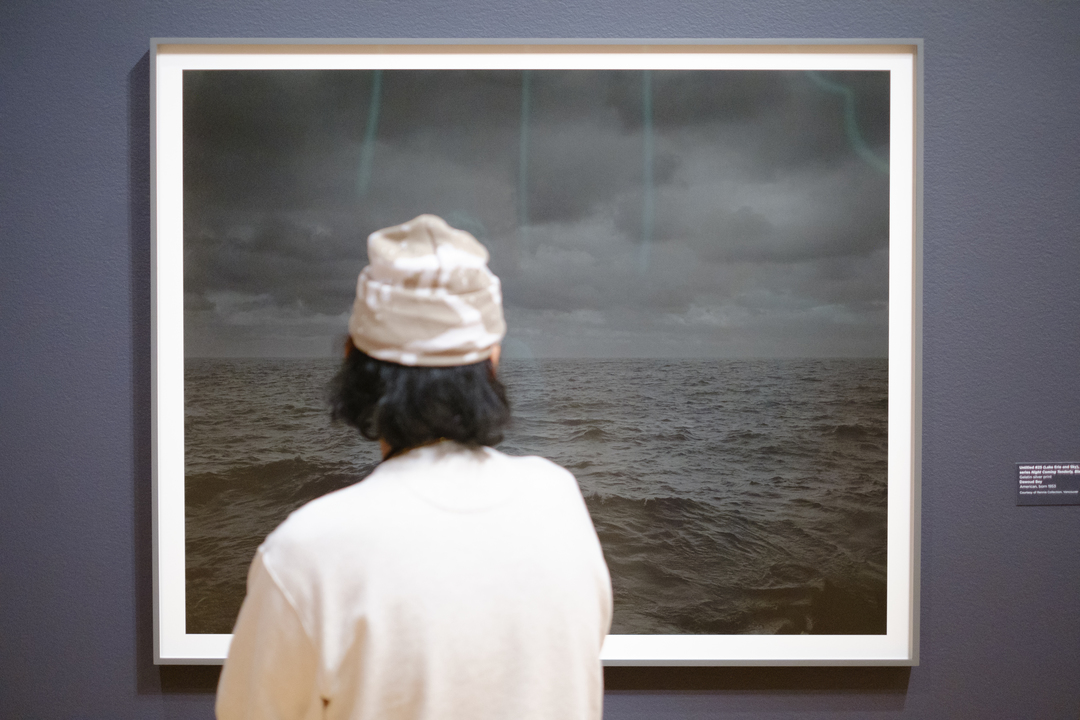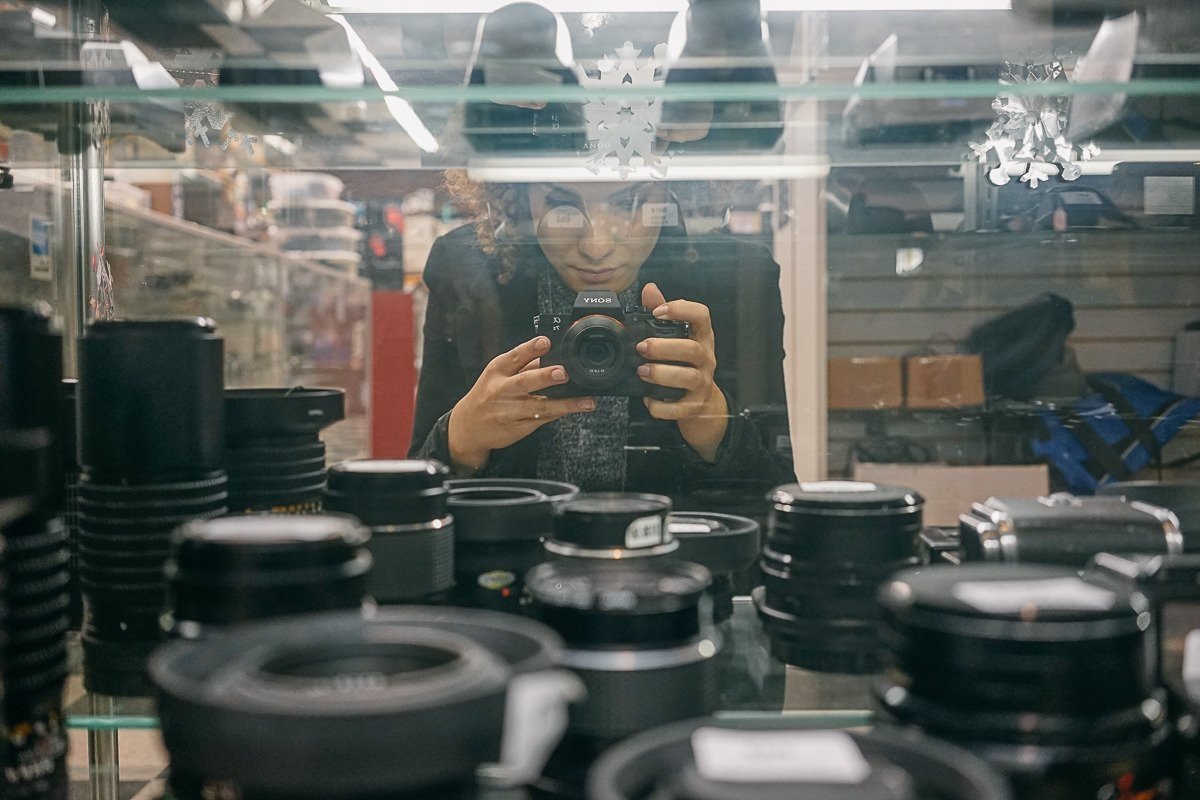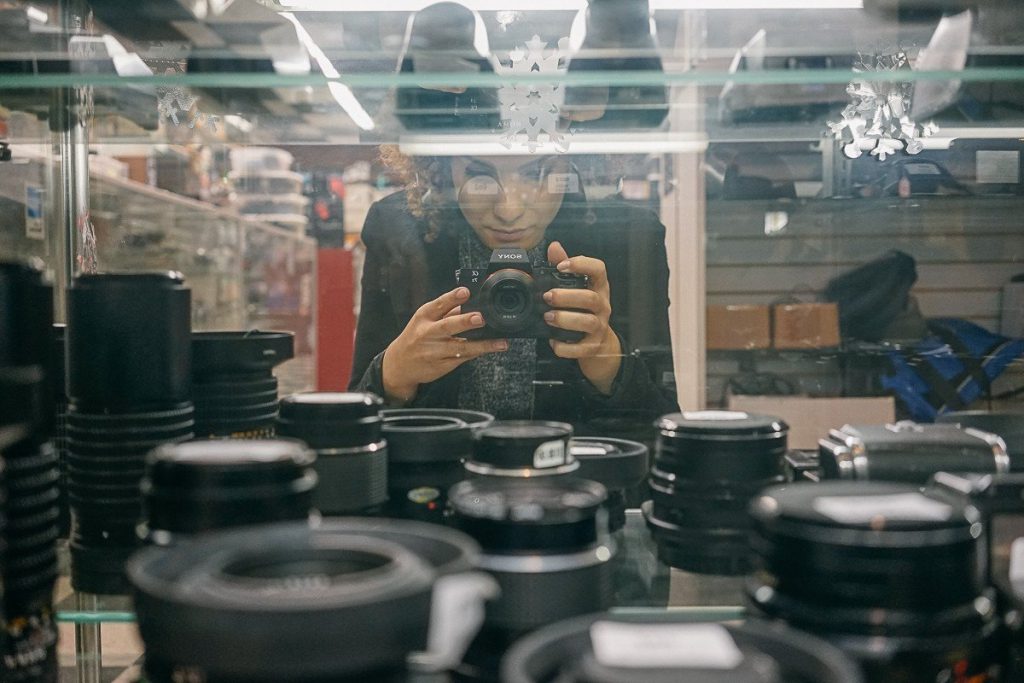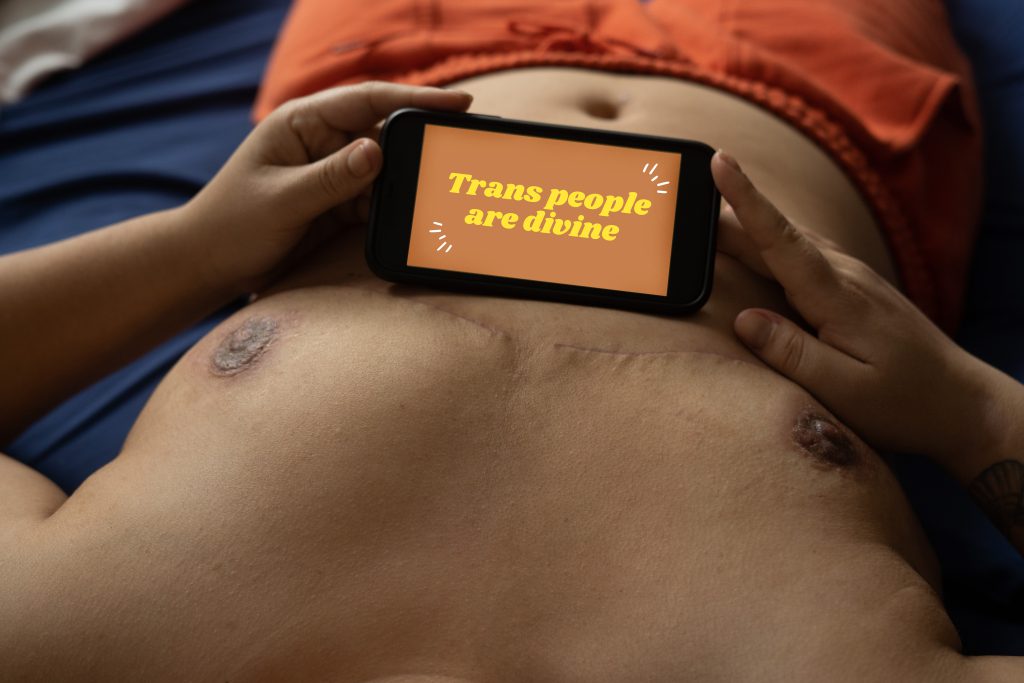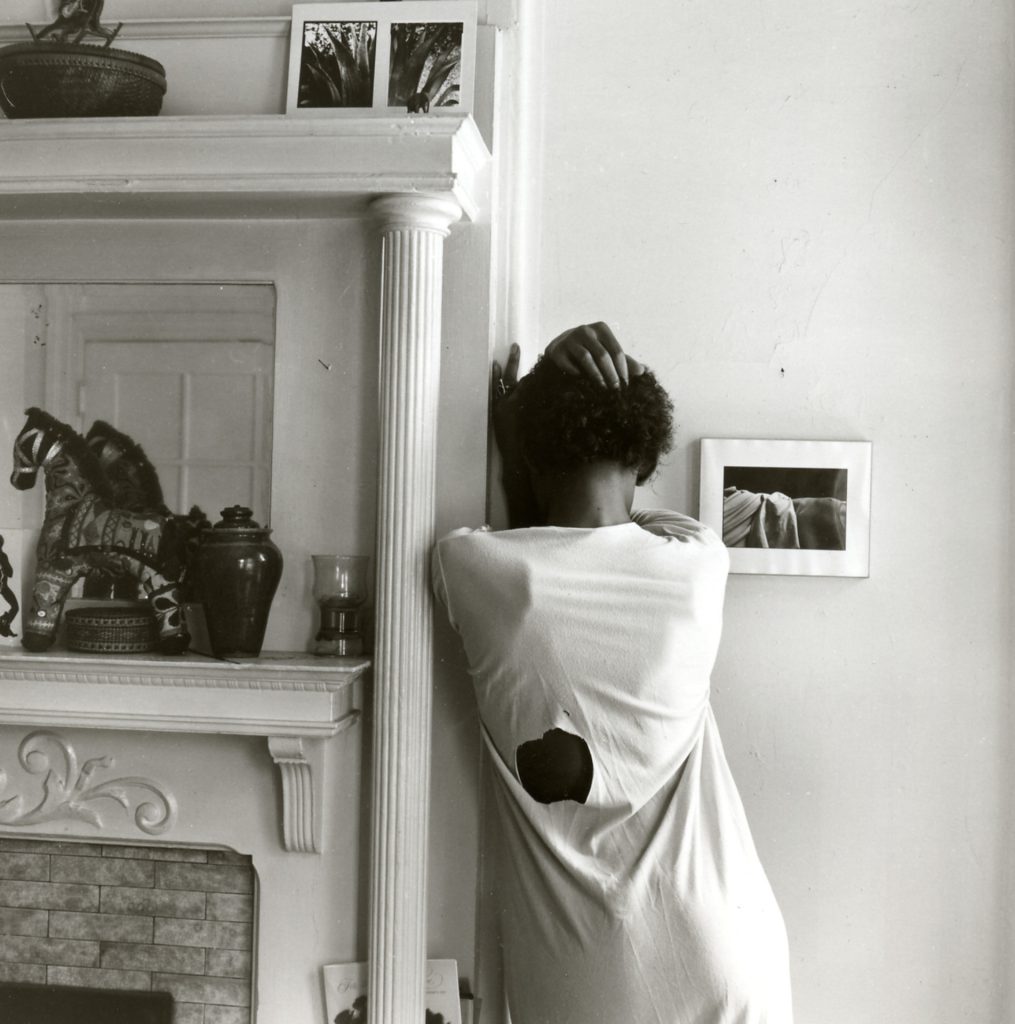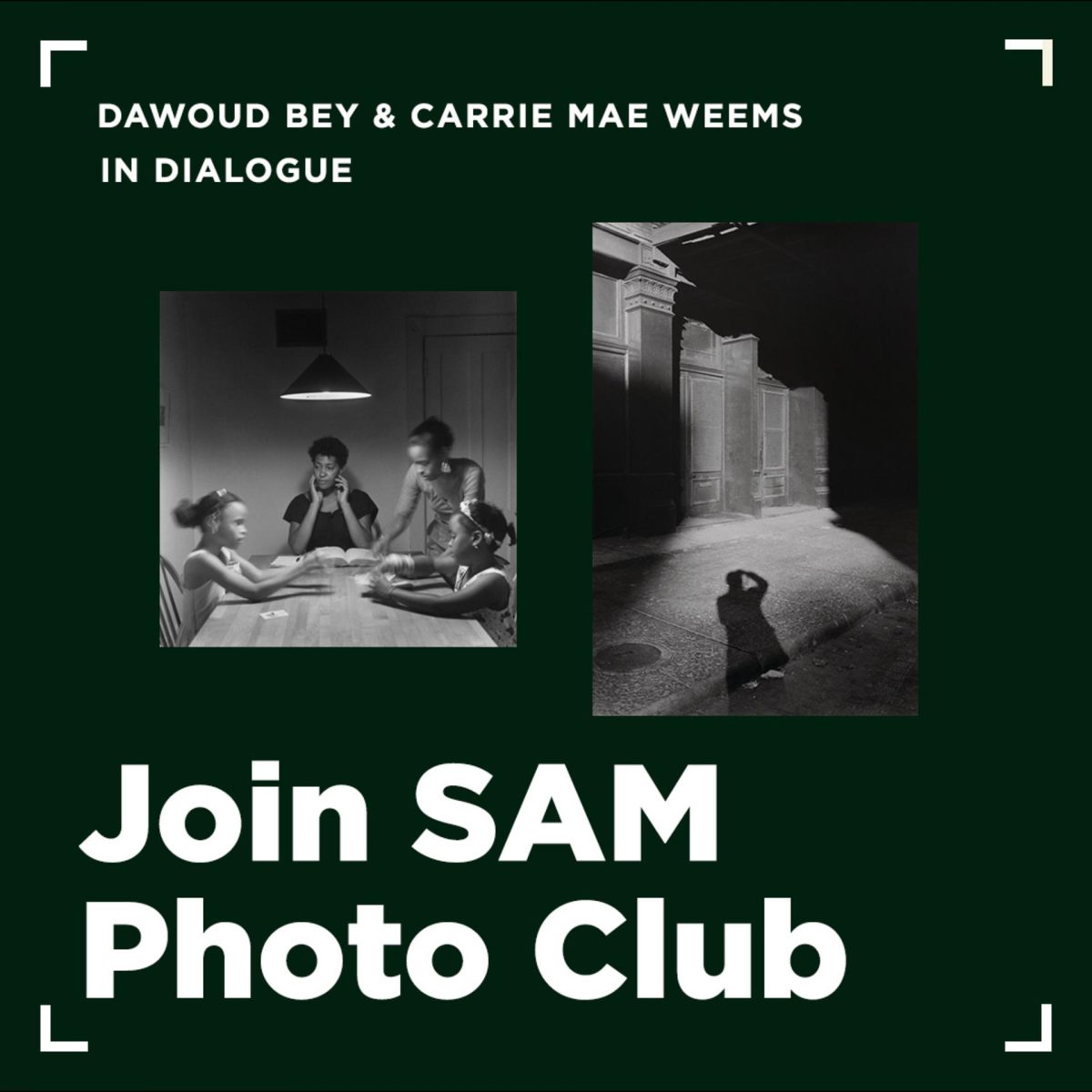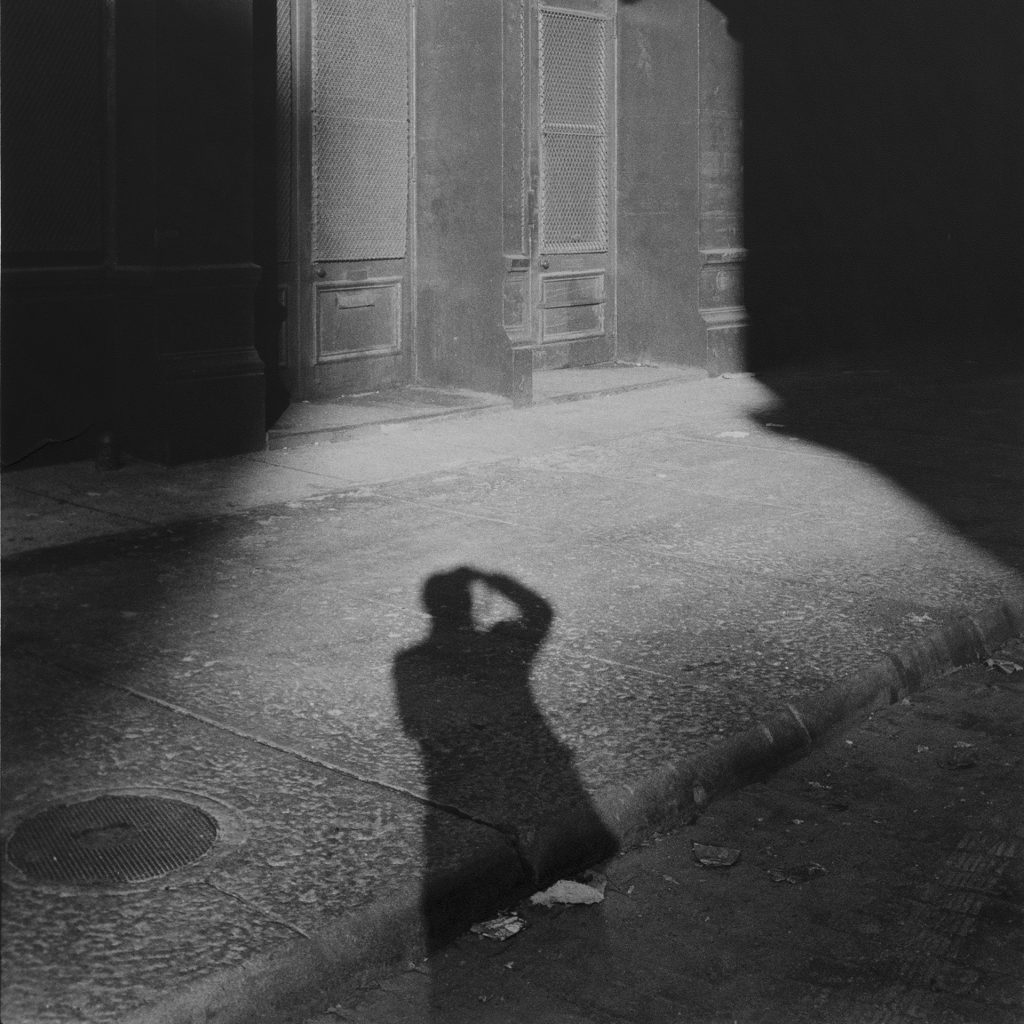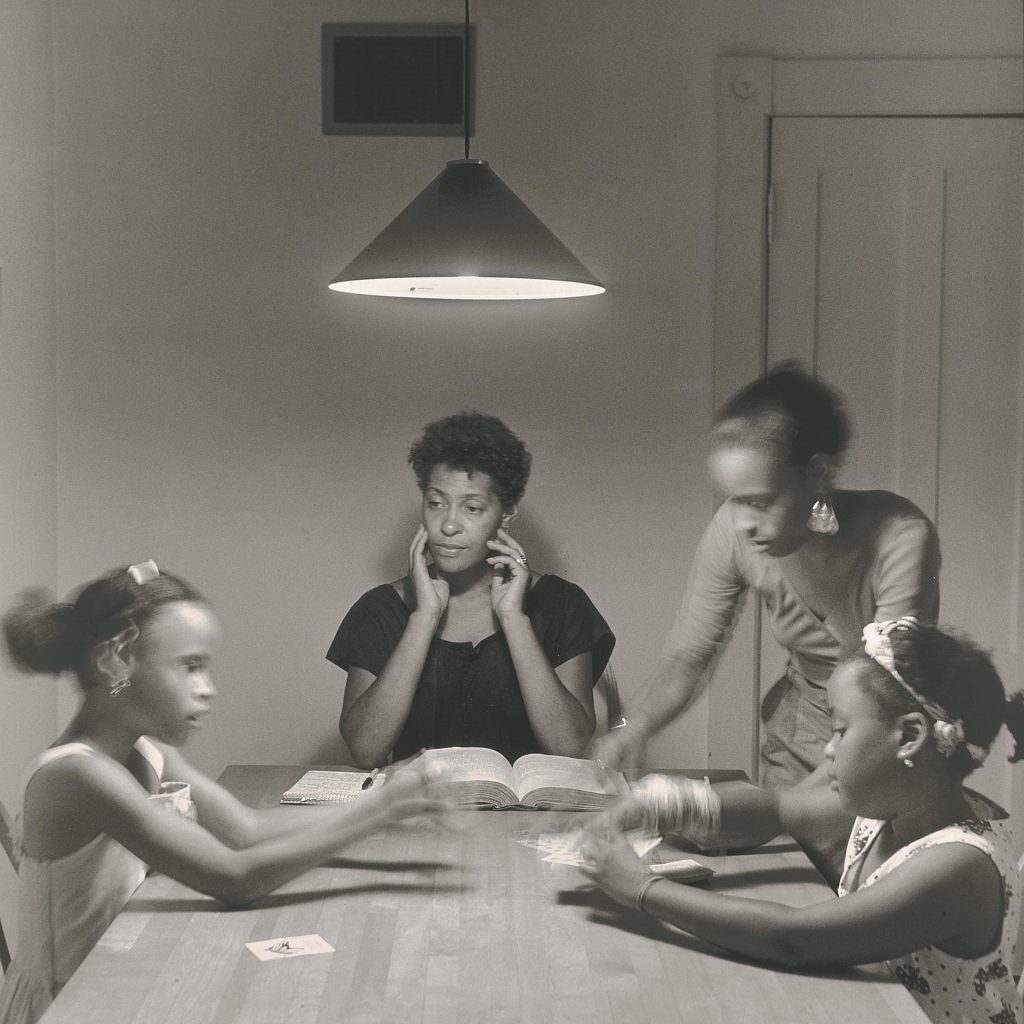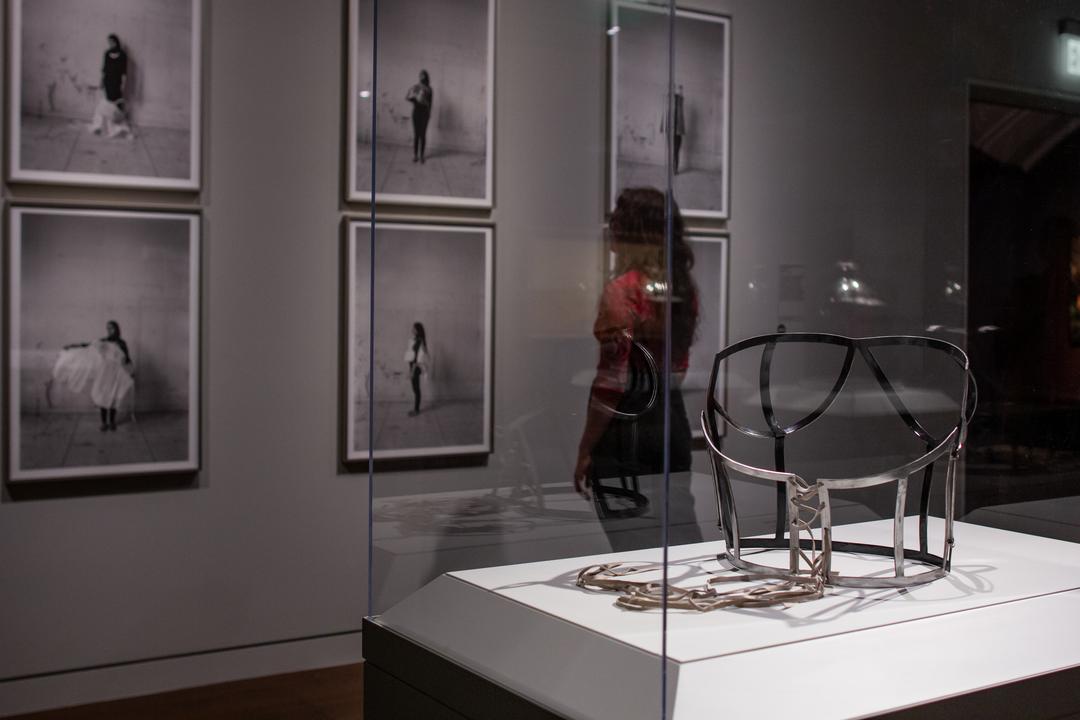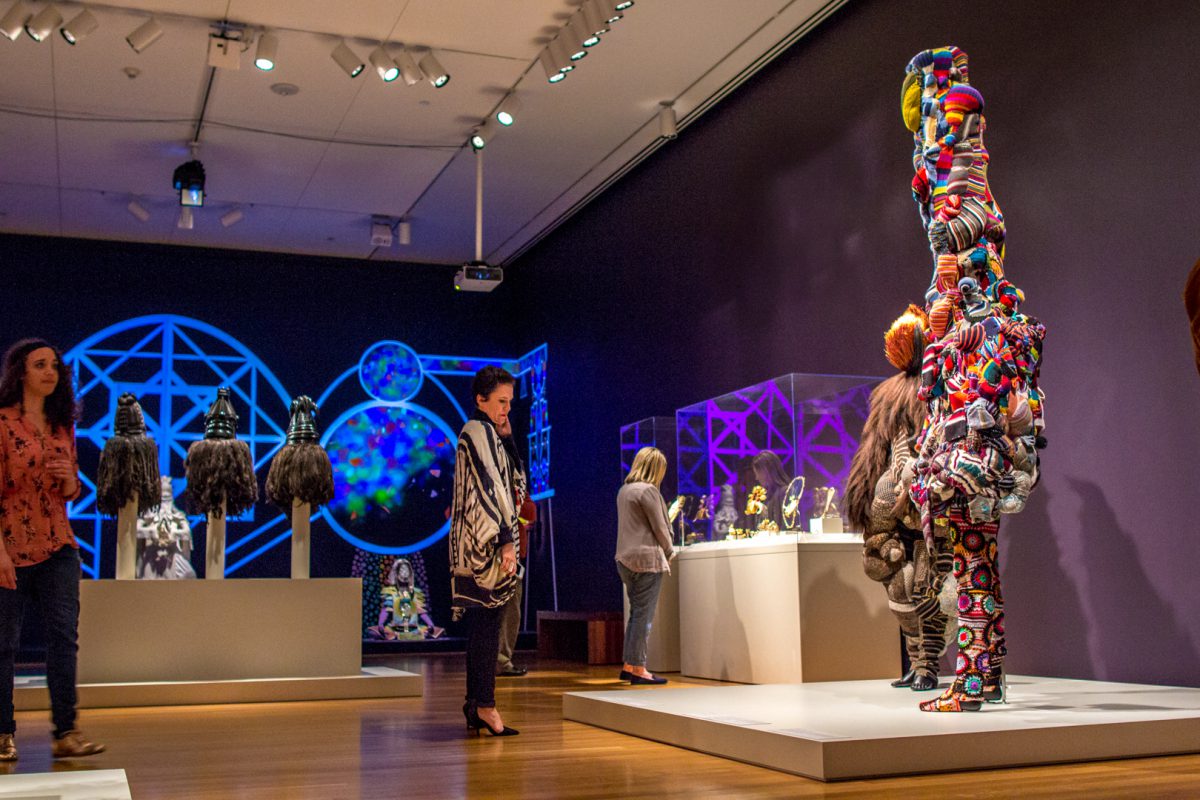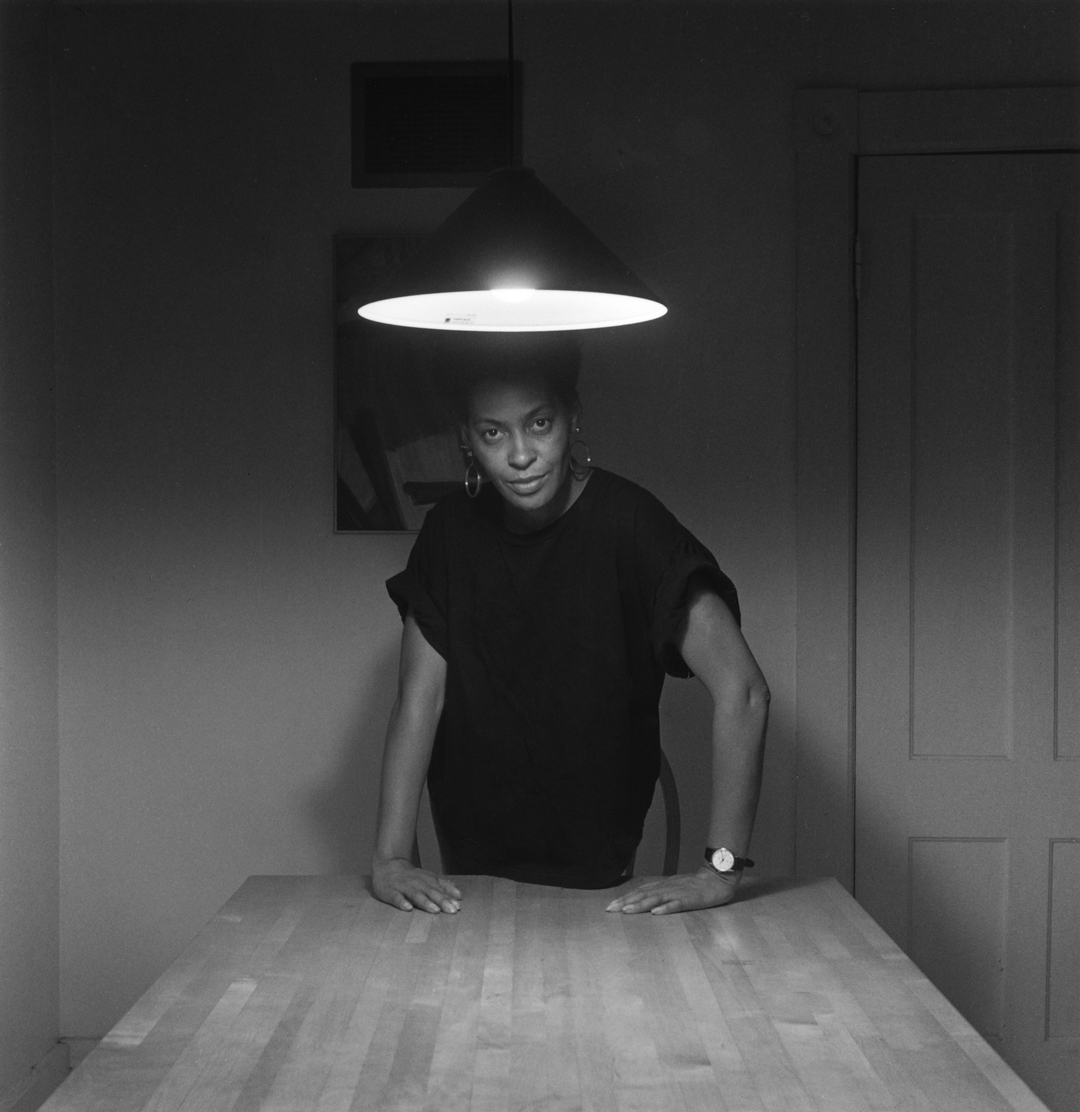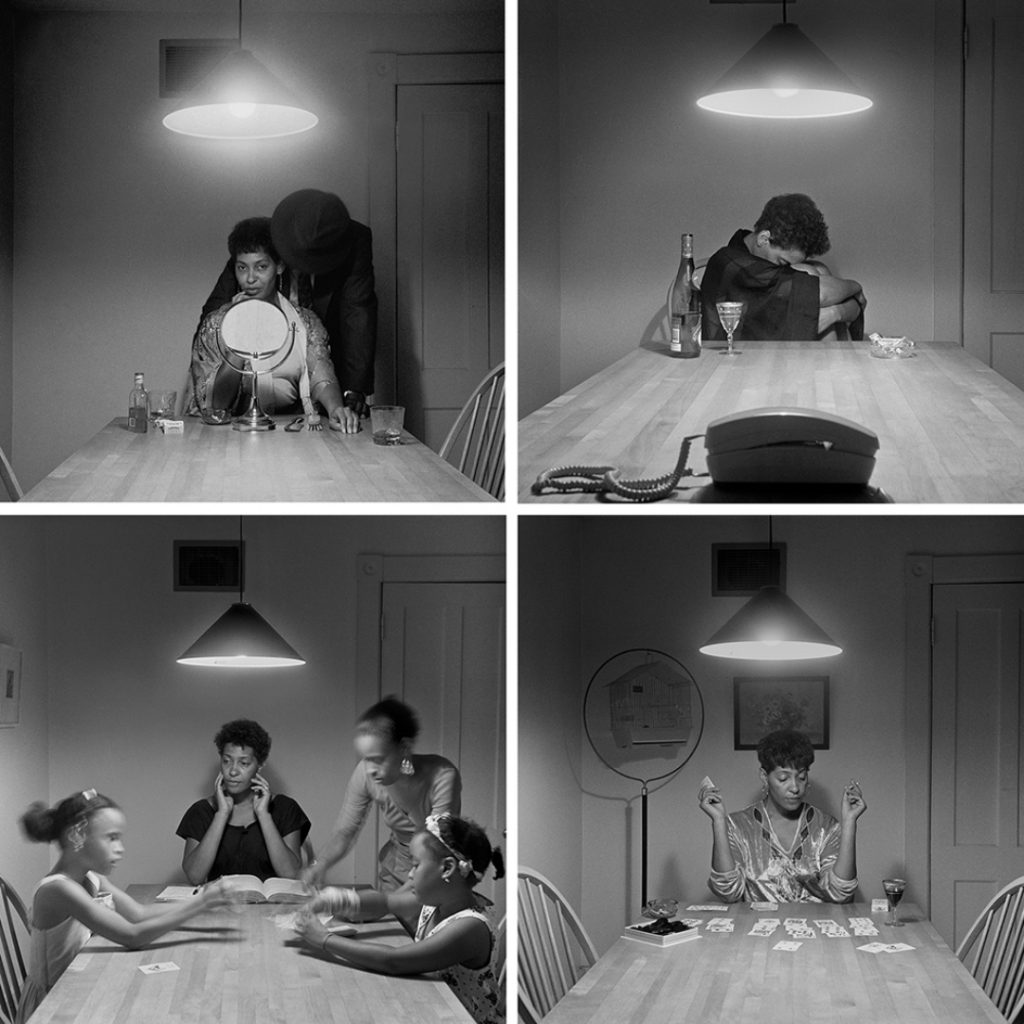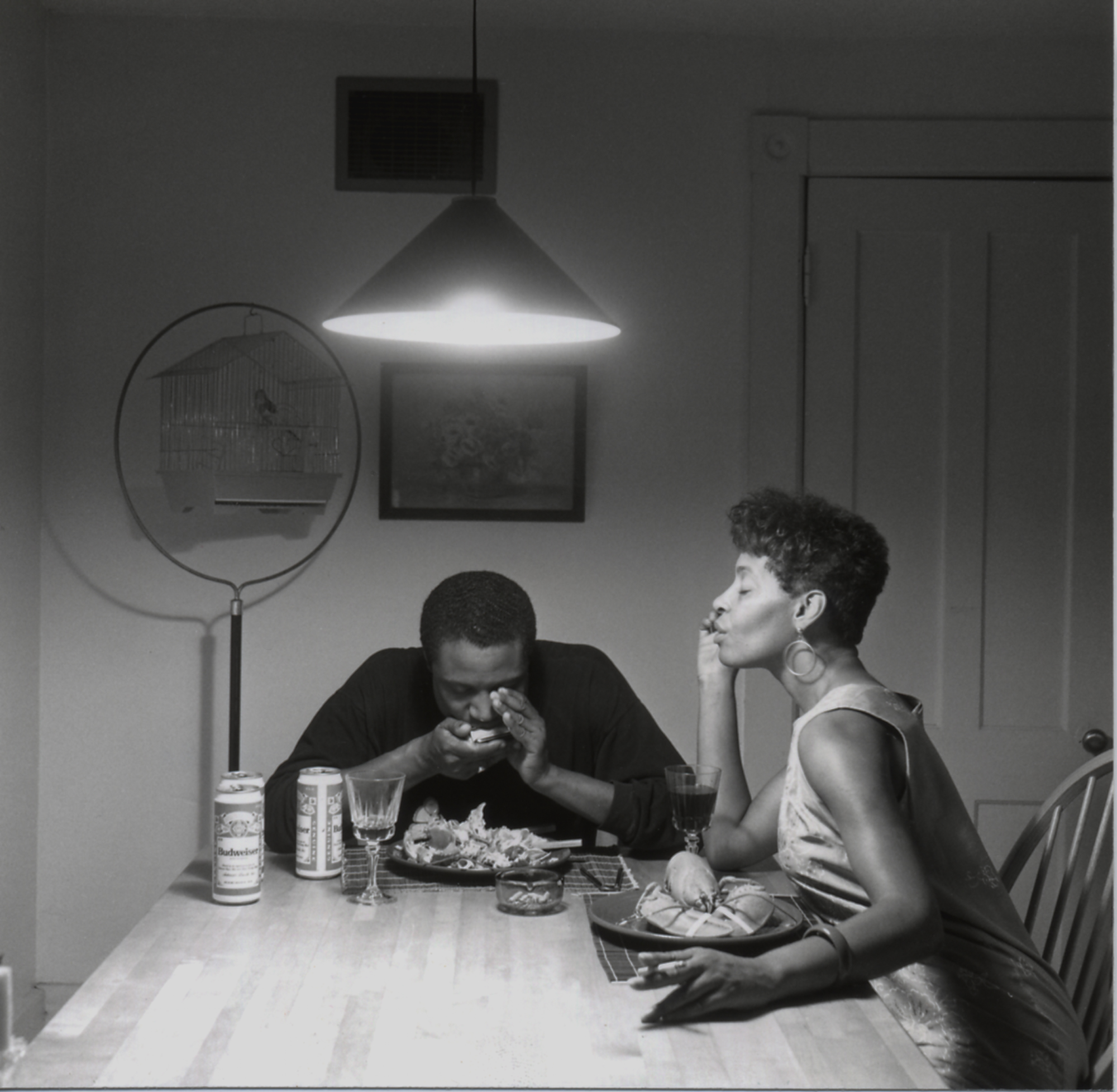Muse/News: Weird and Wild, Fan Service, and Double Takes
SAM News
Lights, camera, action! Poke in the Eye: Art of the West Coast Counterculture opened last week at the Seattle Art Museum, and Carrie Dedon, Associate Curator of Modern and Contemporary Art, appeared on KING5 programs New Day NW and Evening to talk about curating an exhibition of offbeat art from SAM’s collection.
“Feeling a little rebellious?” asks Alina Hunter-Grah of SEAtoday. If so, she promises you’ll fit right in at the exhibition.
And here’s Destiny Valencia of 425 Magazine on “Visiting the SAM’s Weird, Wild, and Wacky ‘Poke in the Eye’ Exhibit.”
“How one interprets art is, of course, inescapably subjective. Poke in the Eye: Art of the West Coast Counterculture at the Seattle Art Museum makes that implicit truth unusually explicit by prompting visitors to ponder what, exactly, they consider to be fine art.”
Local News
Cascade PBS’s Brangien Davis seeks out “the downtown Seattle art collection hiding in plain sight.”
For Seattle Magazine, Rachel Gallaher profiles dancer and performance artist Lavinia Vago.
Special to The Seattle Times, T.S. Flock writes “Seattle’s MadArt holds its last show, celebrating its legacy.”
“Someone walking into MadArt for the first time may wonder what ties them all together, even if they delight in the objects. Put simply, the show succeeds as a fan-service anthology, in which audiences can relive experiences they’ve had with MadArt’s projects.”
Inter/National News
Stewed eels, rum punch, and a dessert known as “The Convent Serpent”: Artnet’s Andrew Russeth goes inside Henri de Toulouse-Lautrec’s recipe collection.
Via ARTnews’ Alex Greenberger: “Carrie Mae Weems Returns to ‘Kitchen Table Series,’ This Time with A$AP Rocky, for Bottega Veneta.”
Rowland Bagnall for The Art Newspaper on Teju Cole’s latest photobook, Pharmakon, which features photographs of “unpeopled scenarios” accompanied by short texts.
“Cole frequently presents a pair of images, the same scene photographed from slightly different angles, moments apart, the gesture (literally) of a double take, illustrating, possibly, the two modes they exist in: peaceful, disturbing. Self-consciously oblique, almost withholding, Cole’s photographs invite us to consider not only what but how we see, through whose lens, when, for what, and why.”
And Finally
– Rachel Eggers, SAM Associate Director of Public Relations
Photo: L. Fried.
